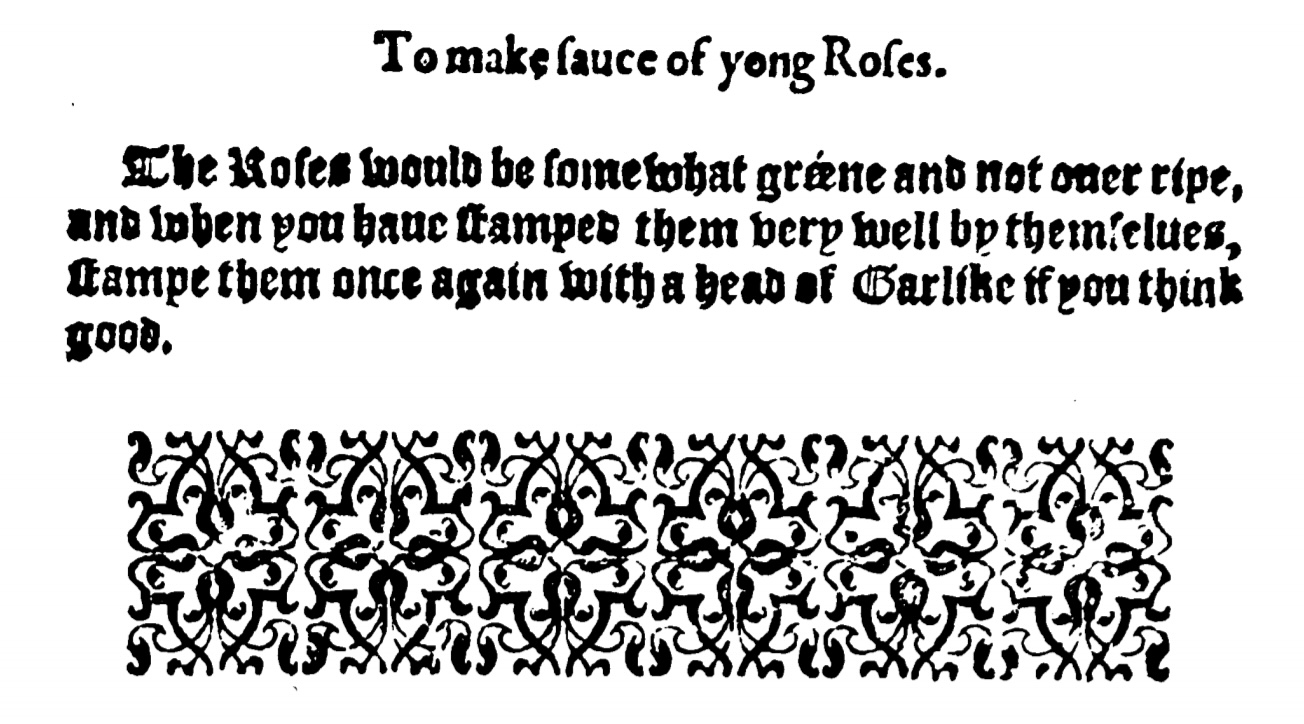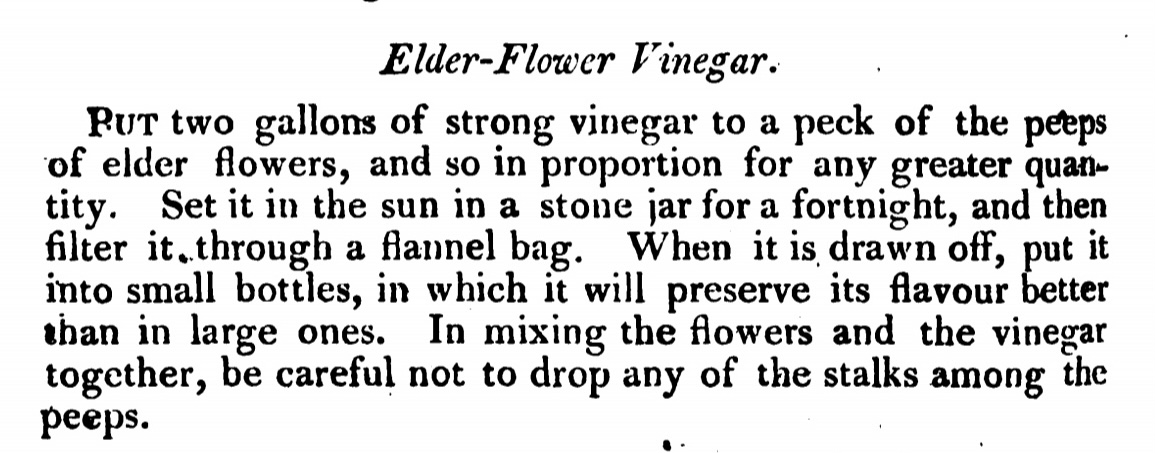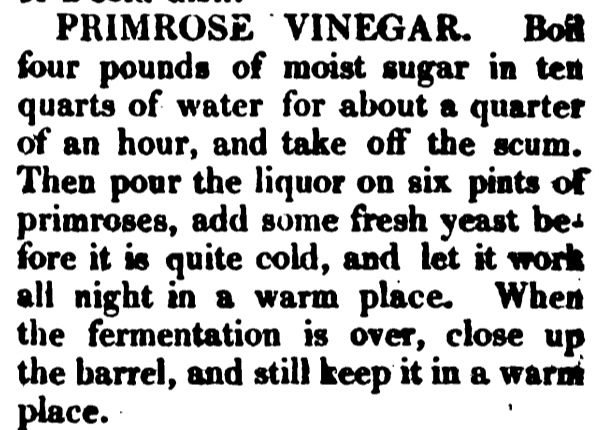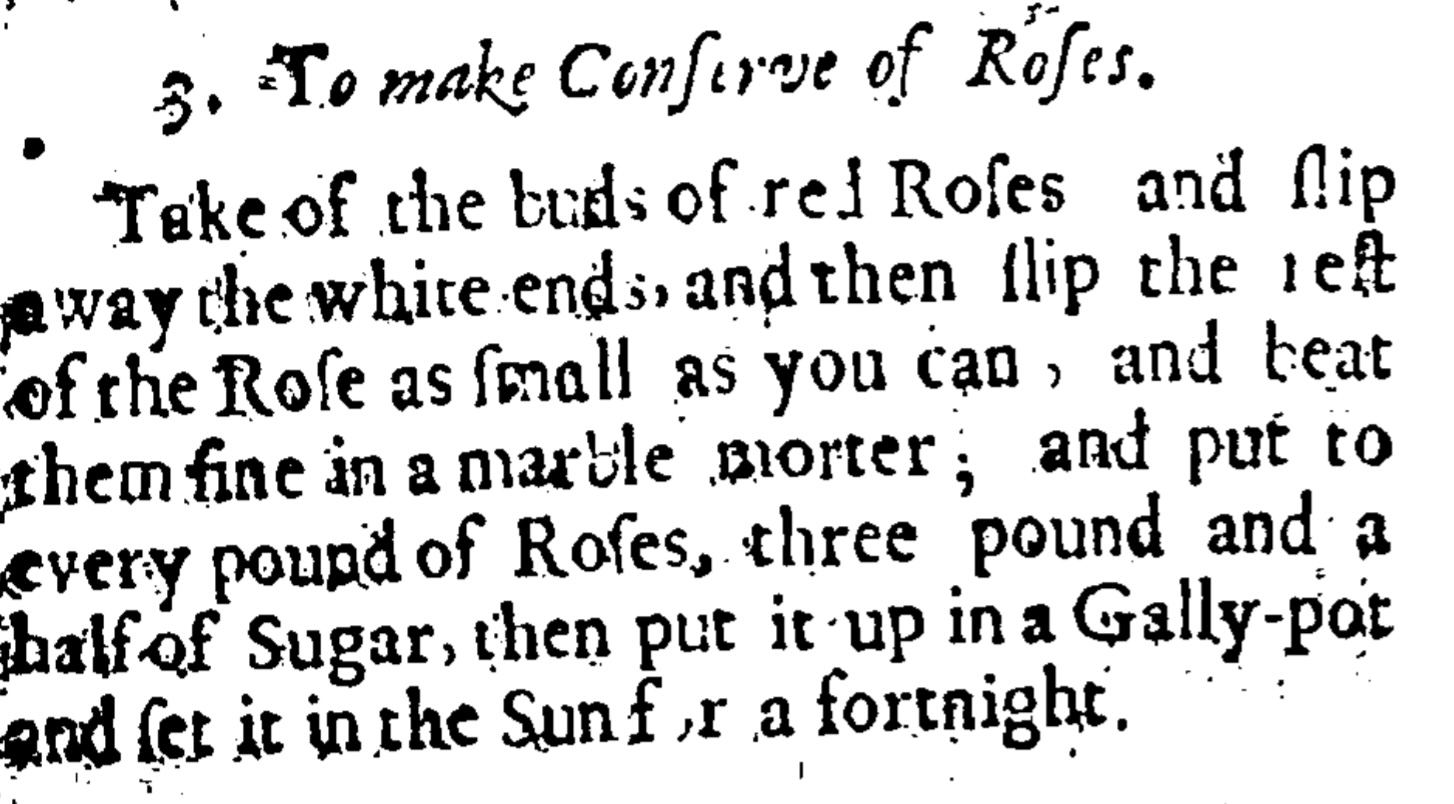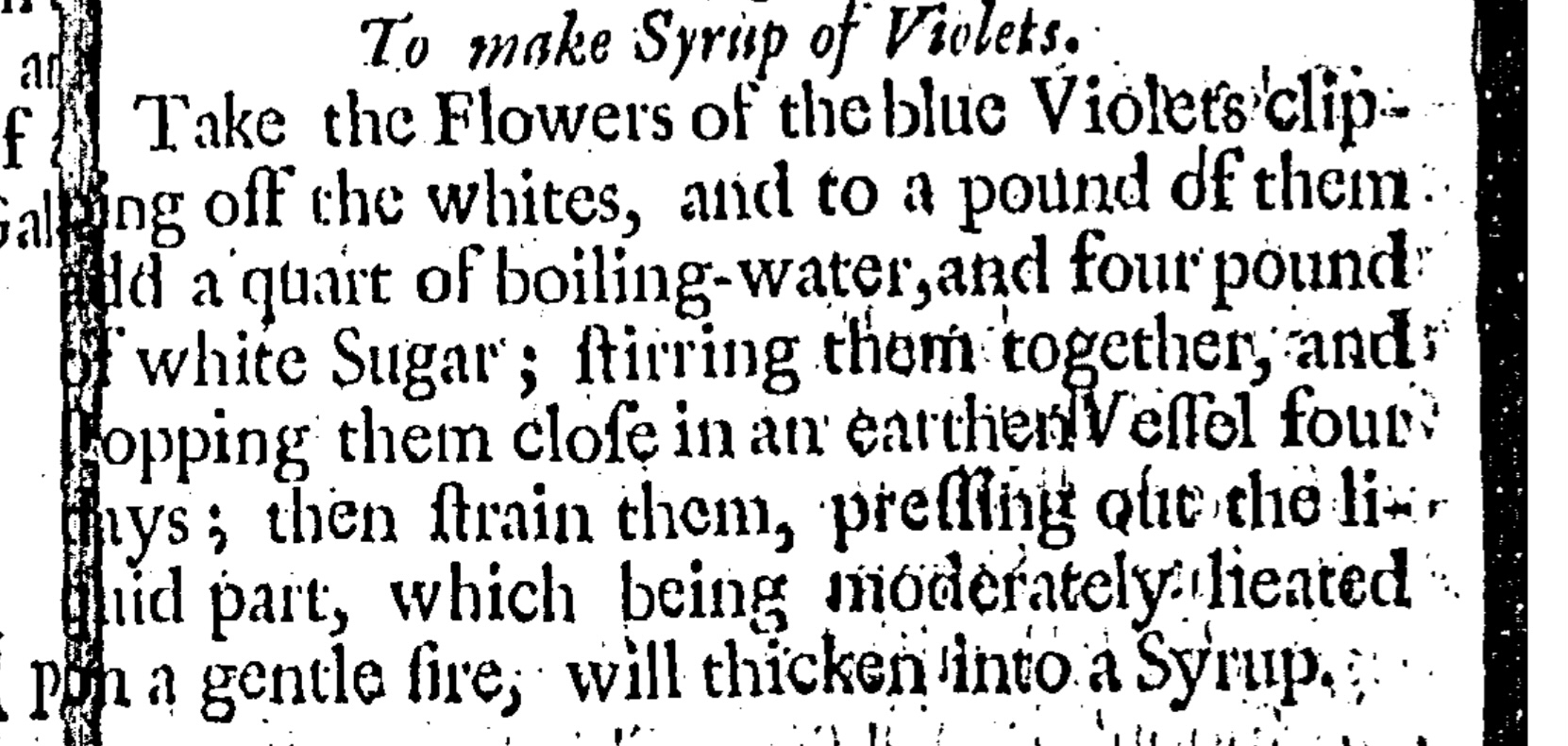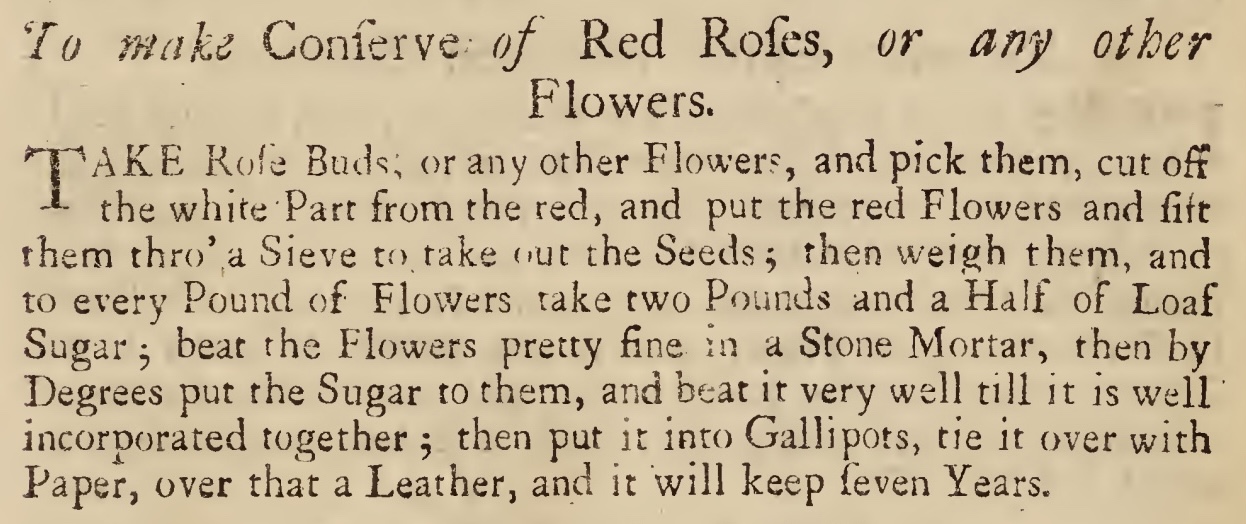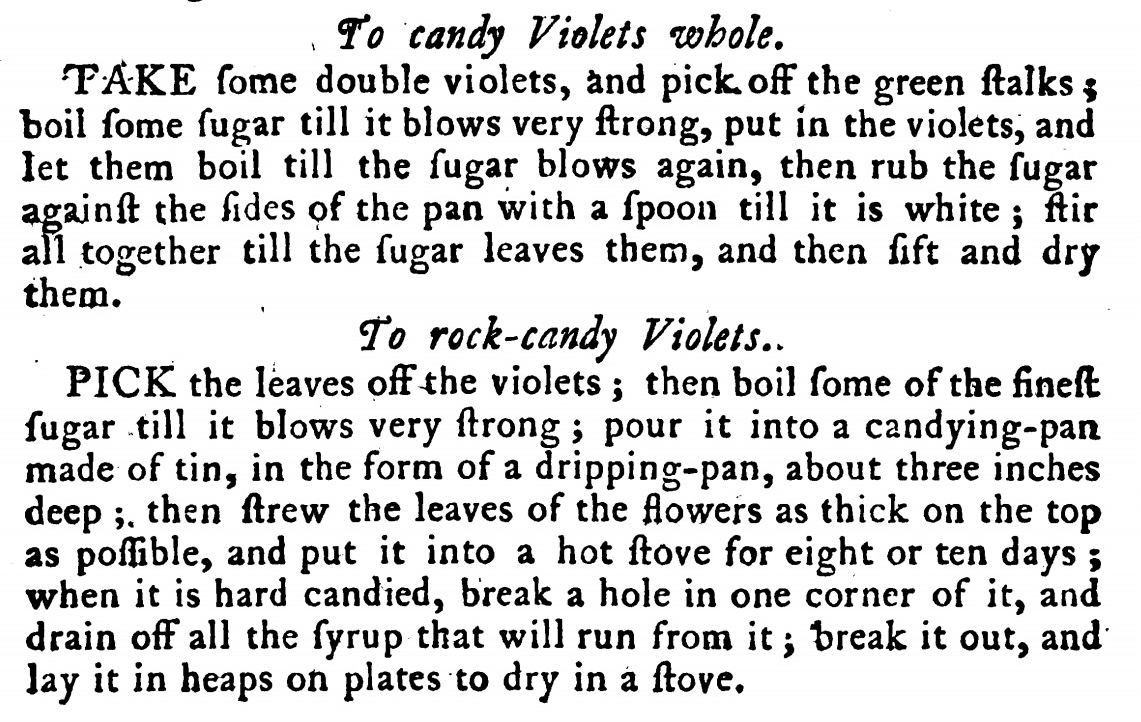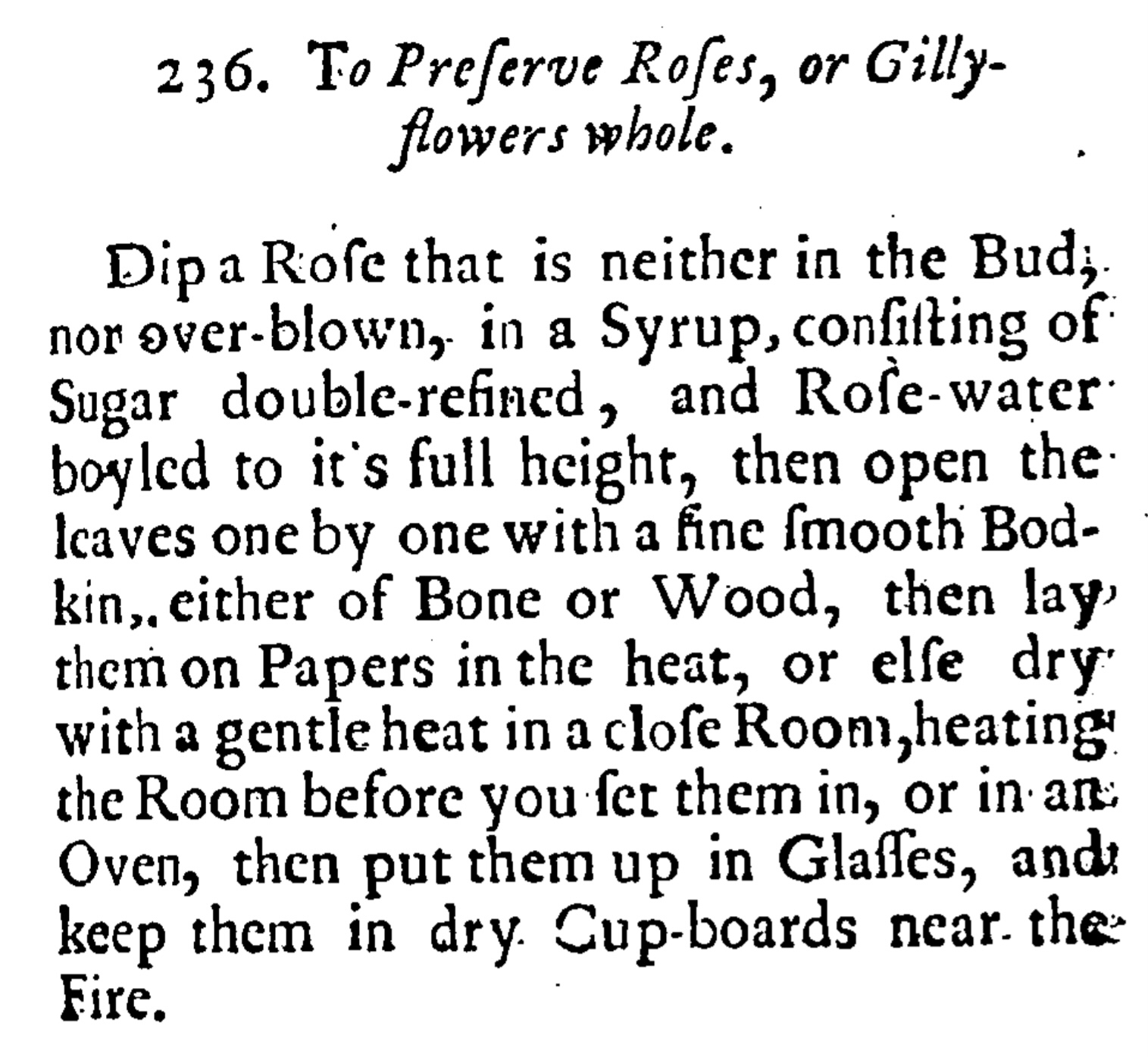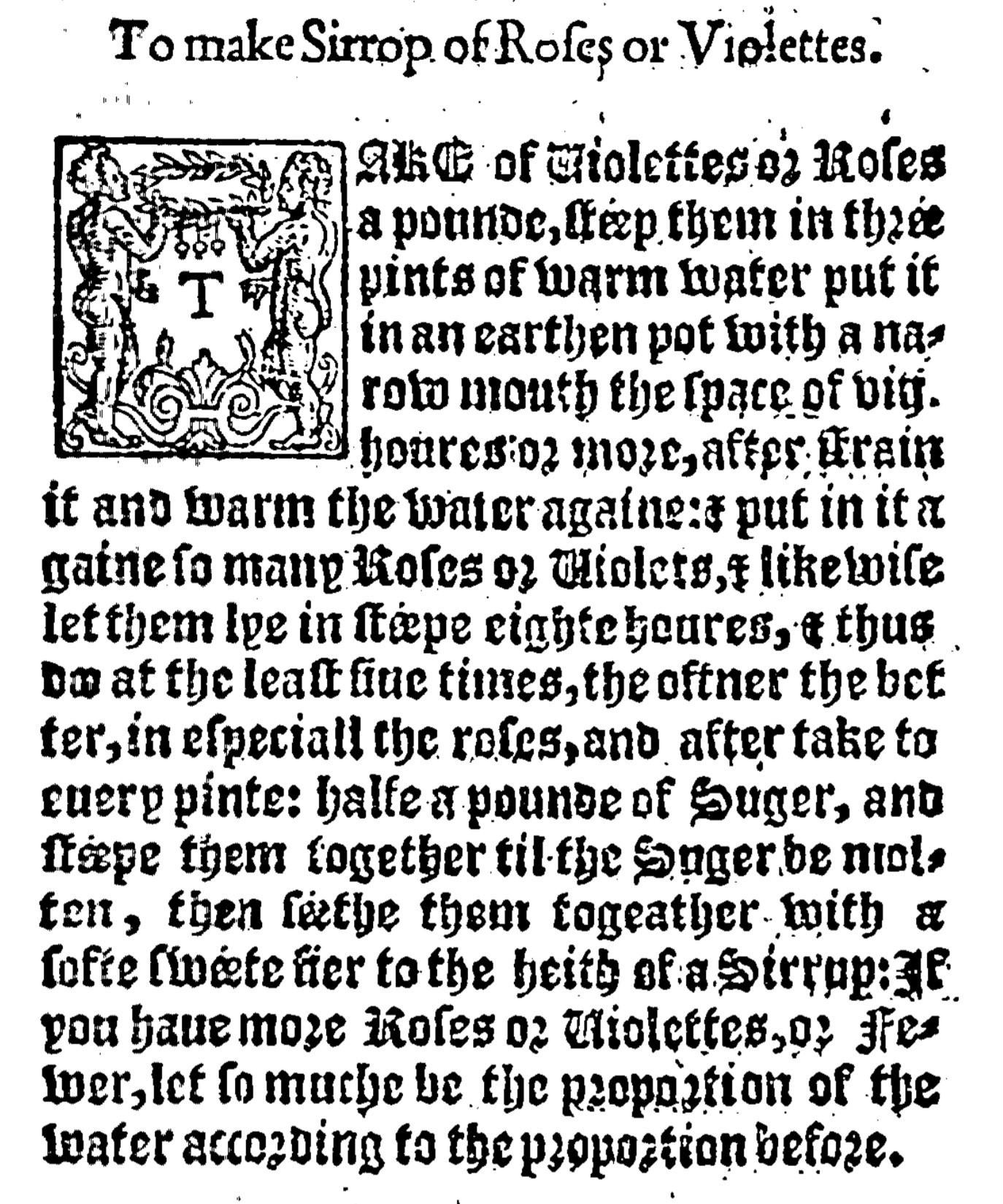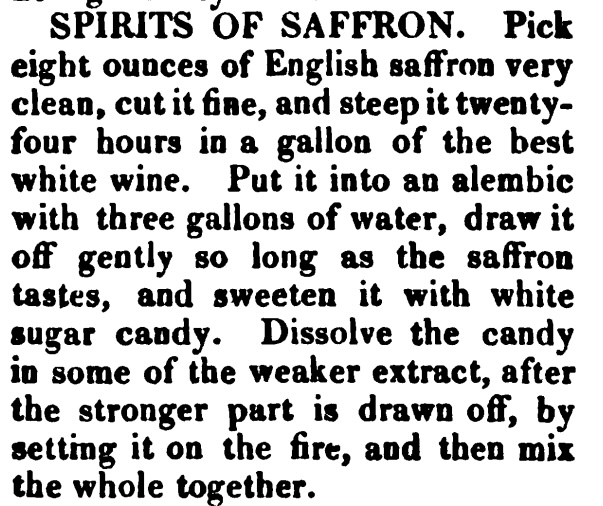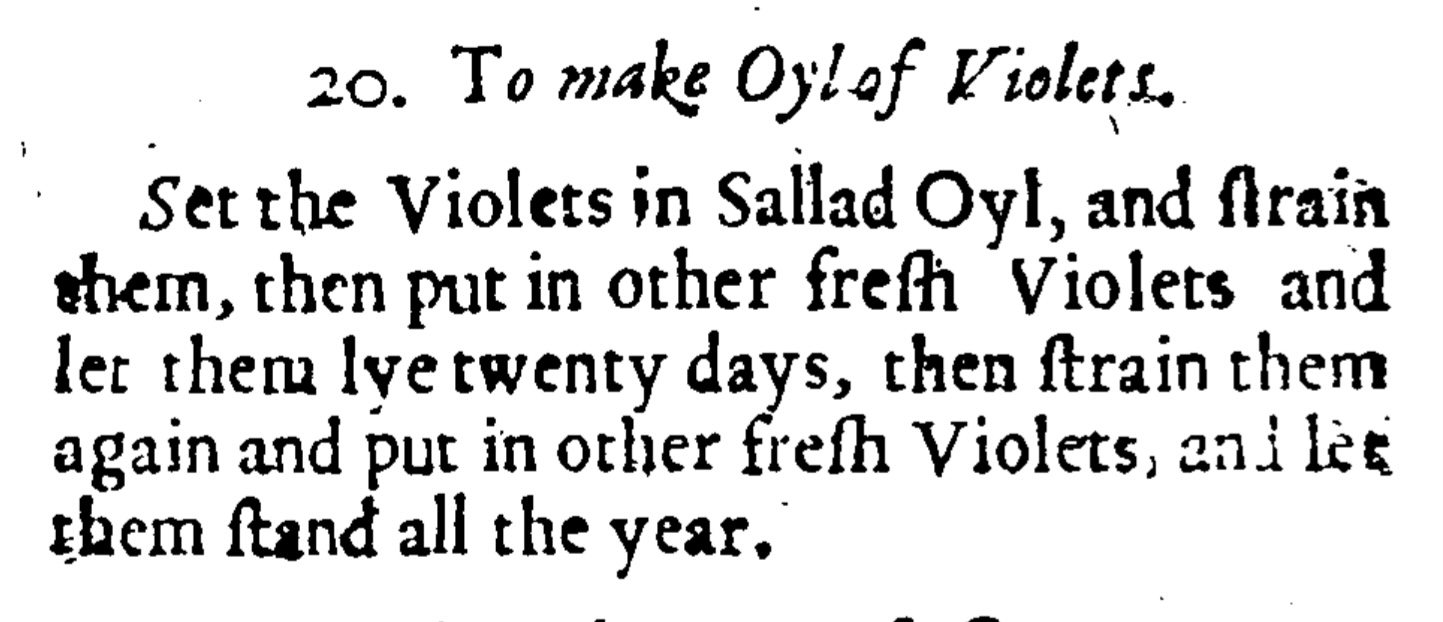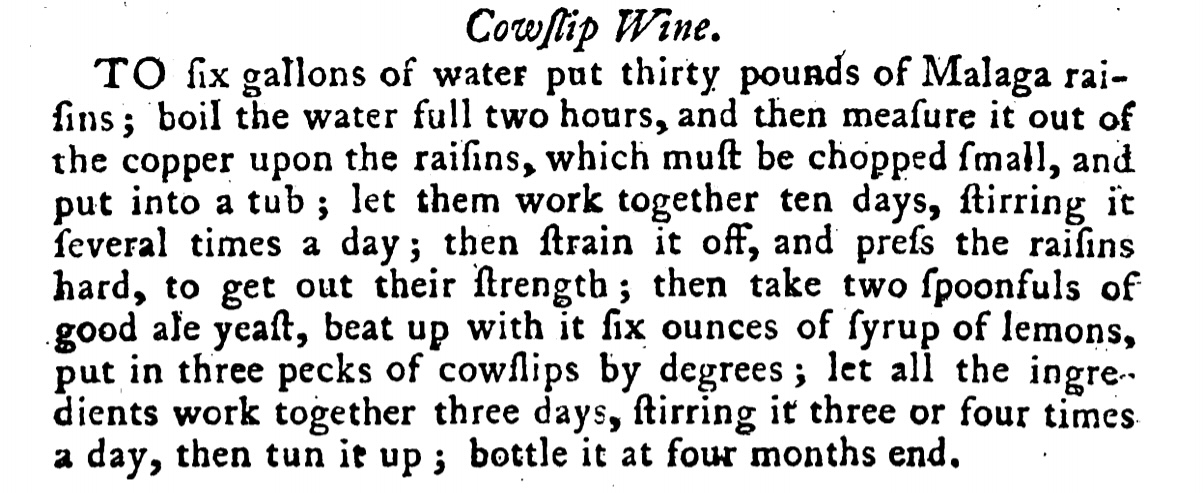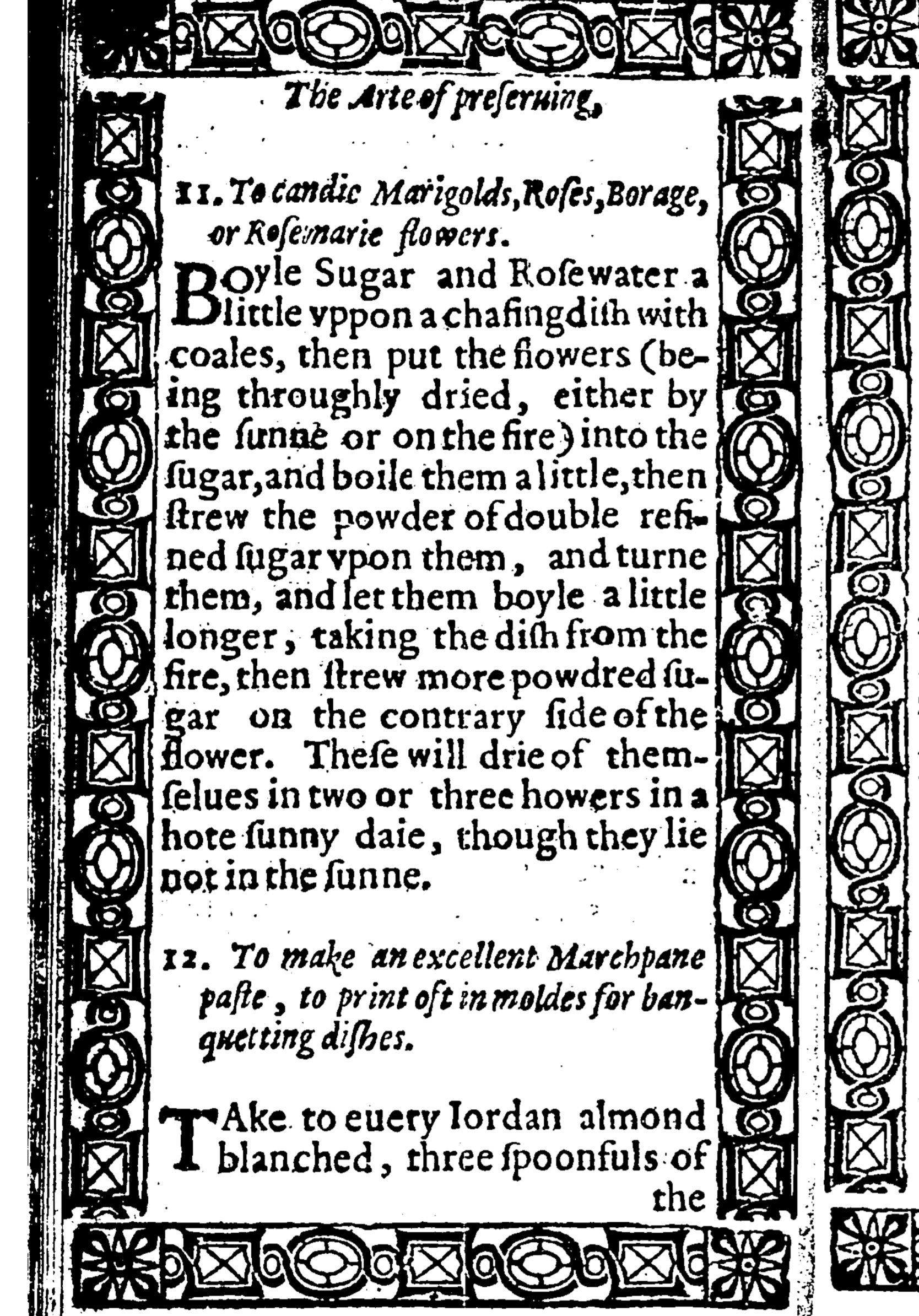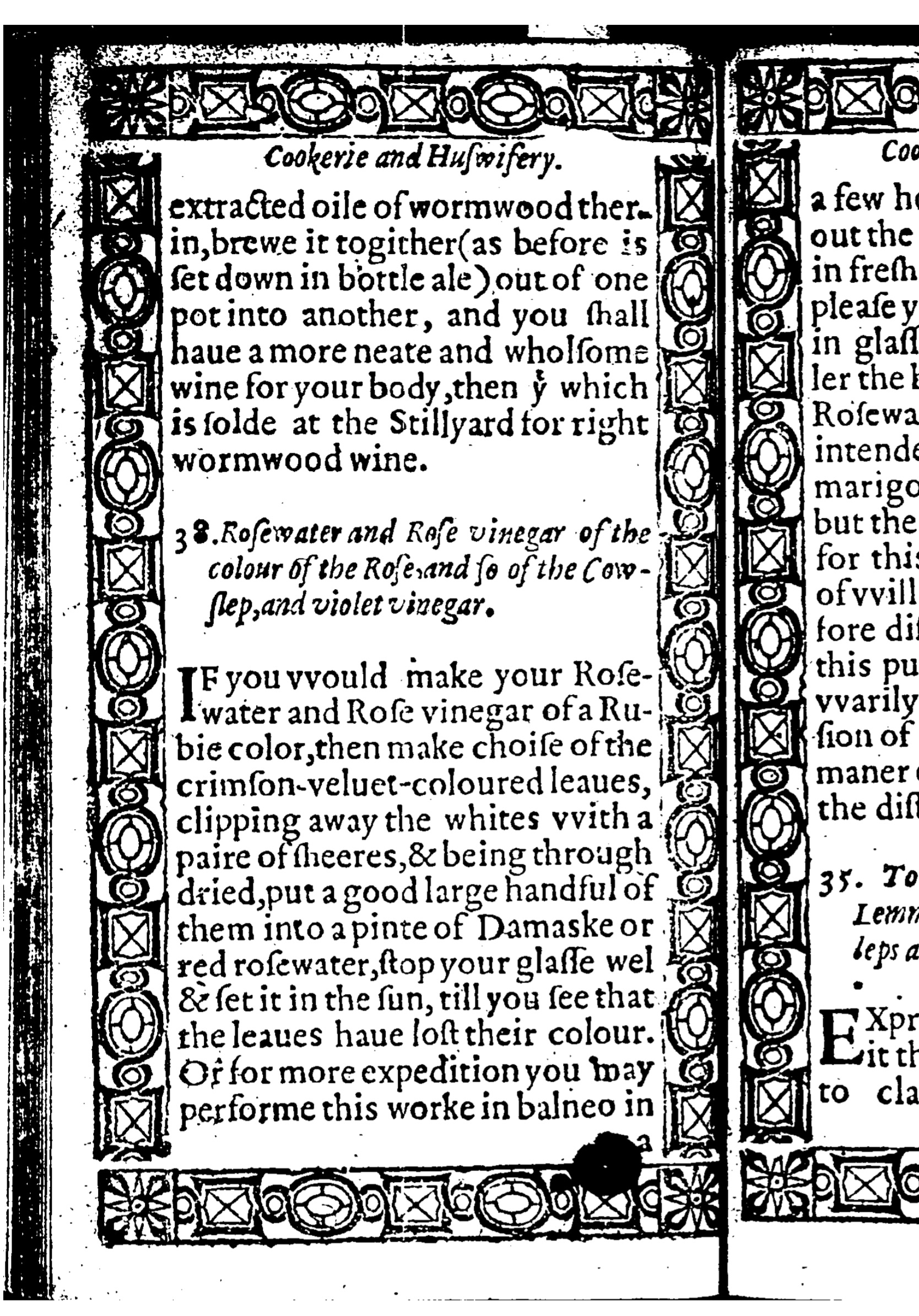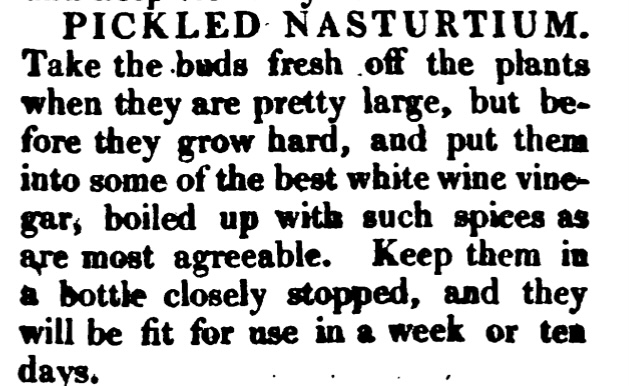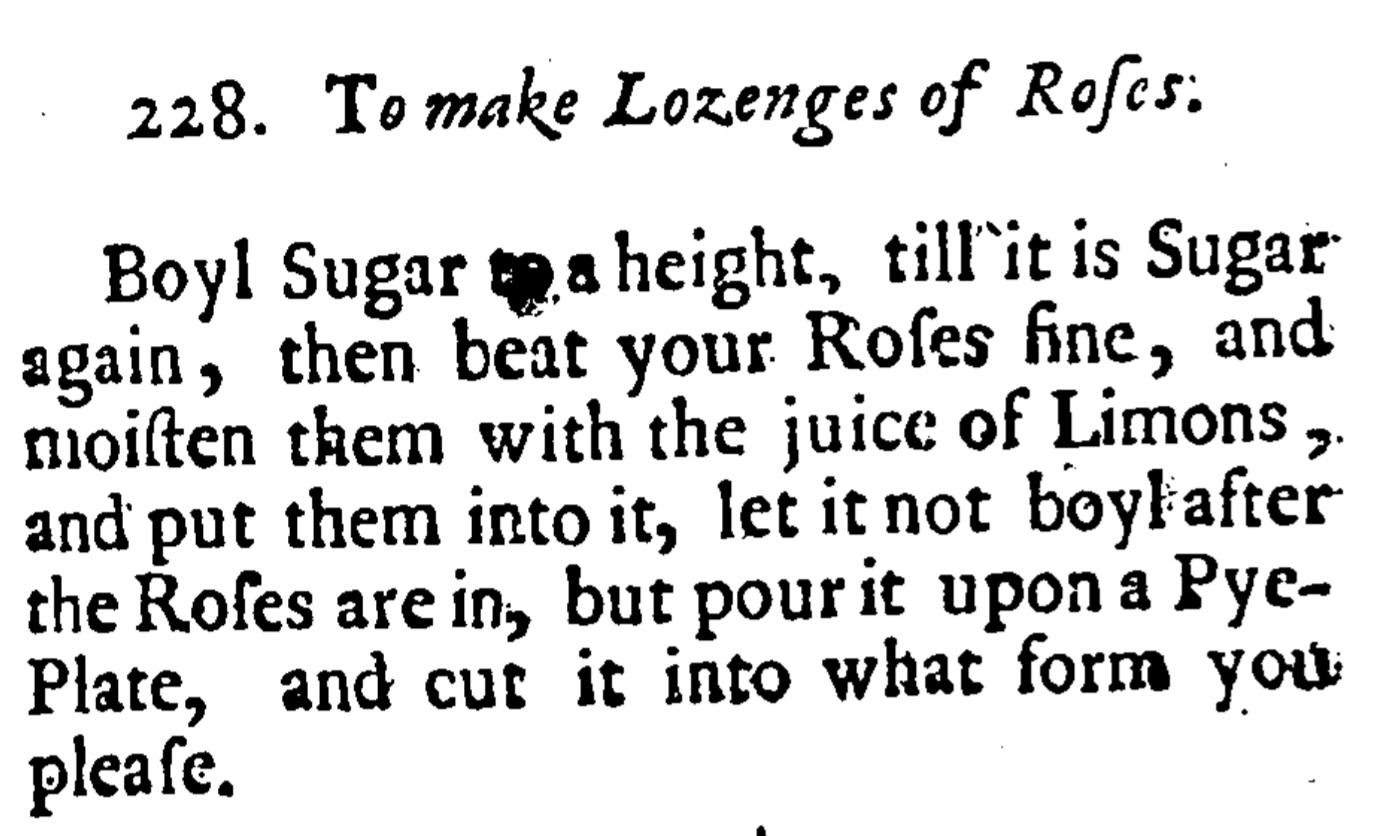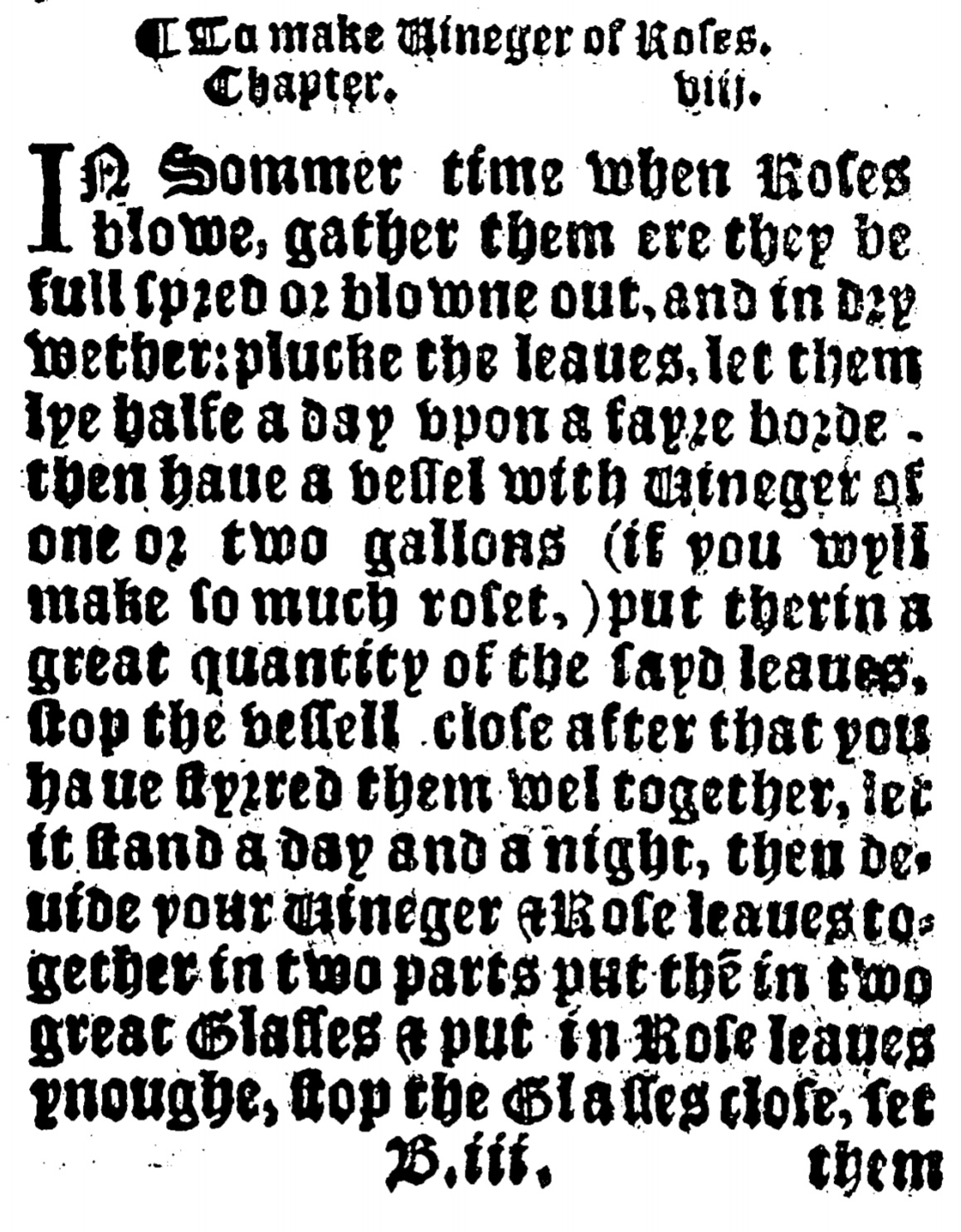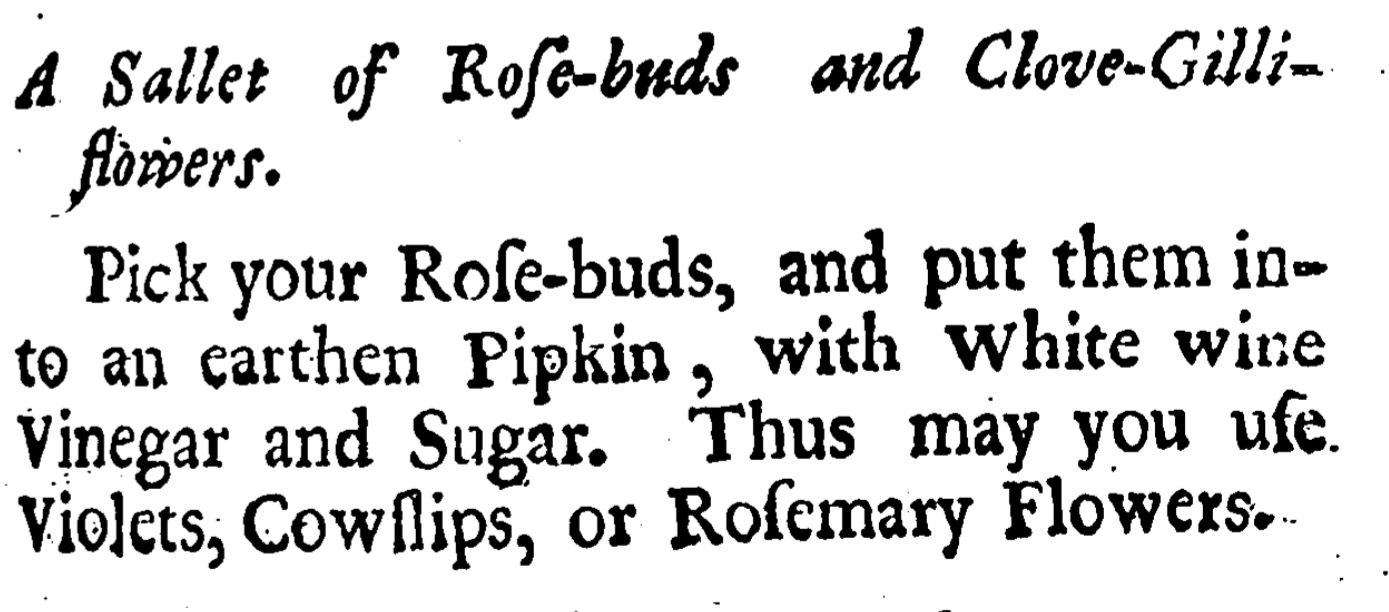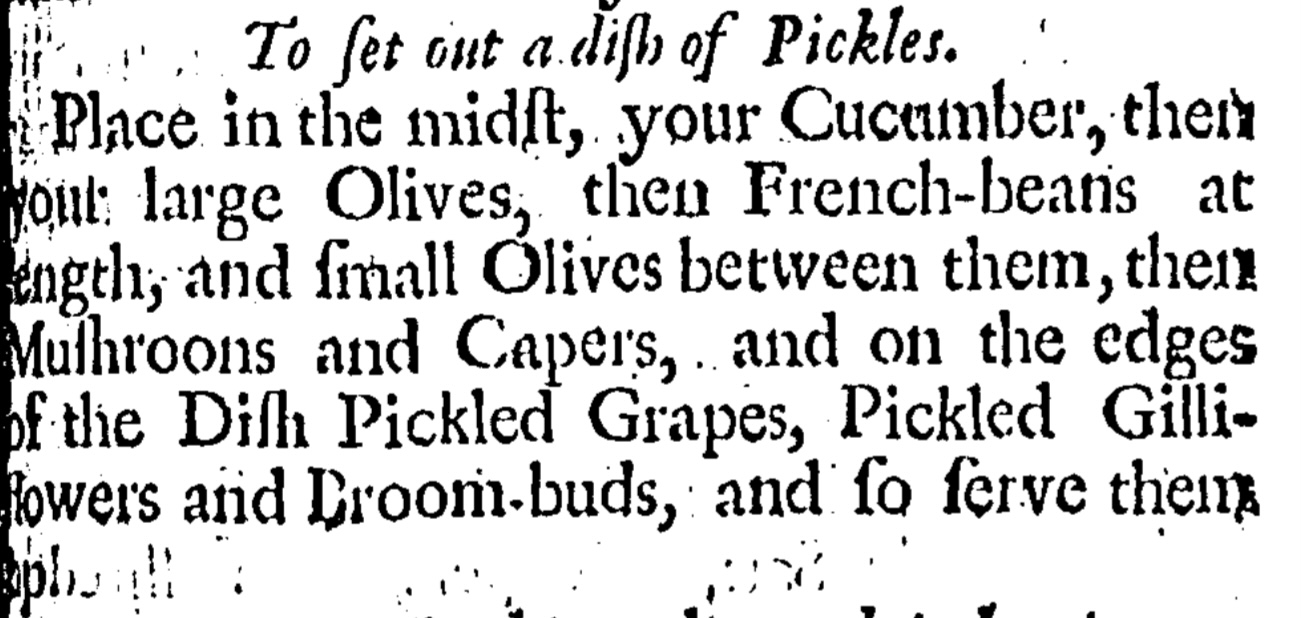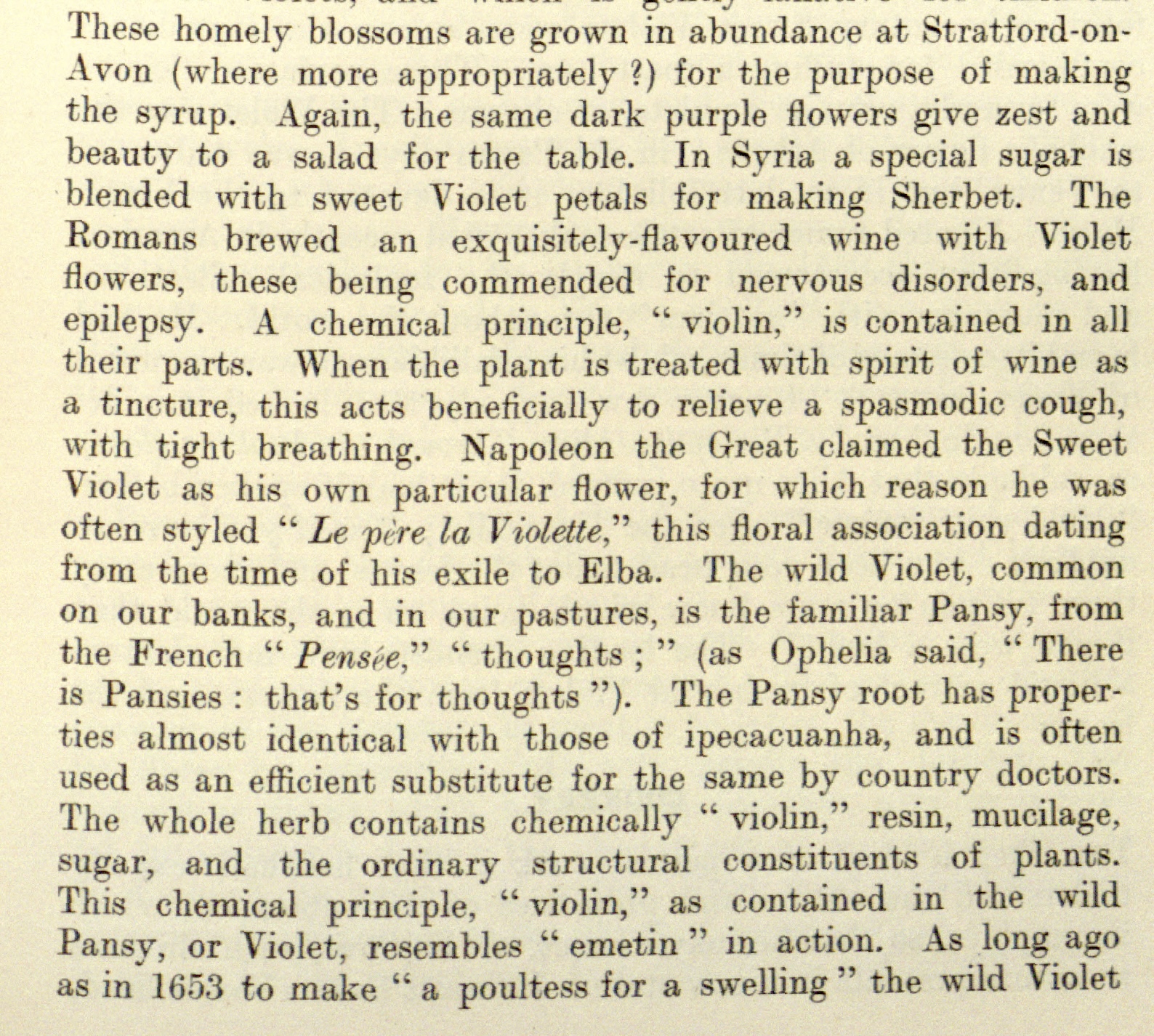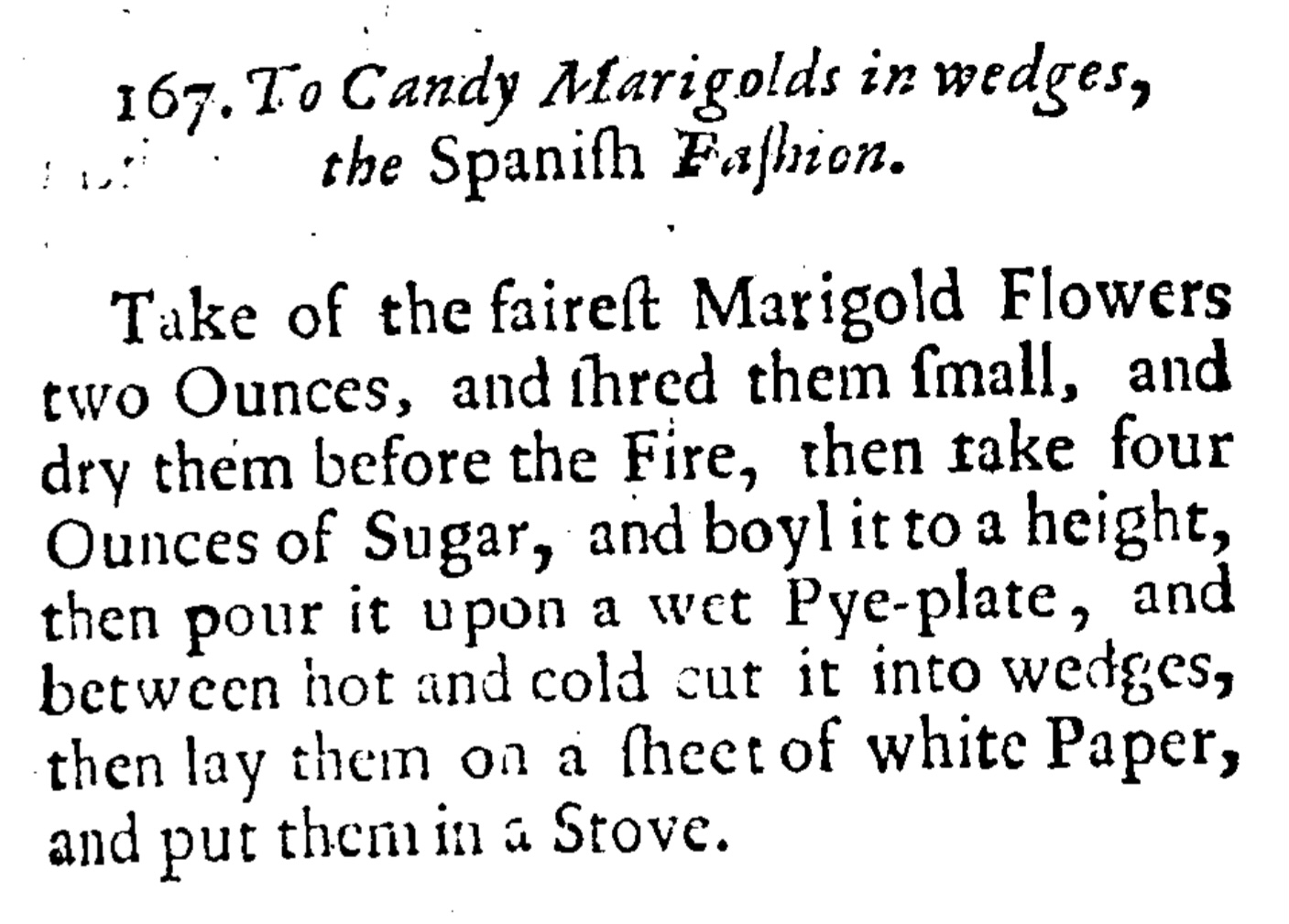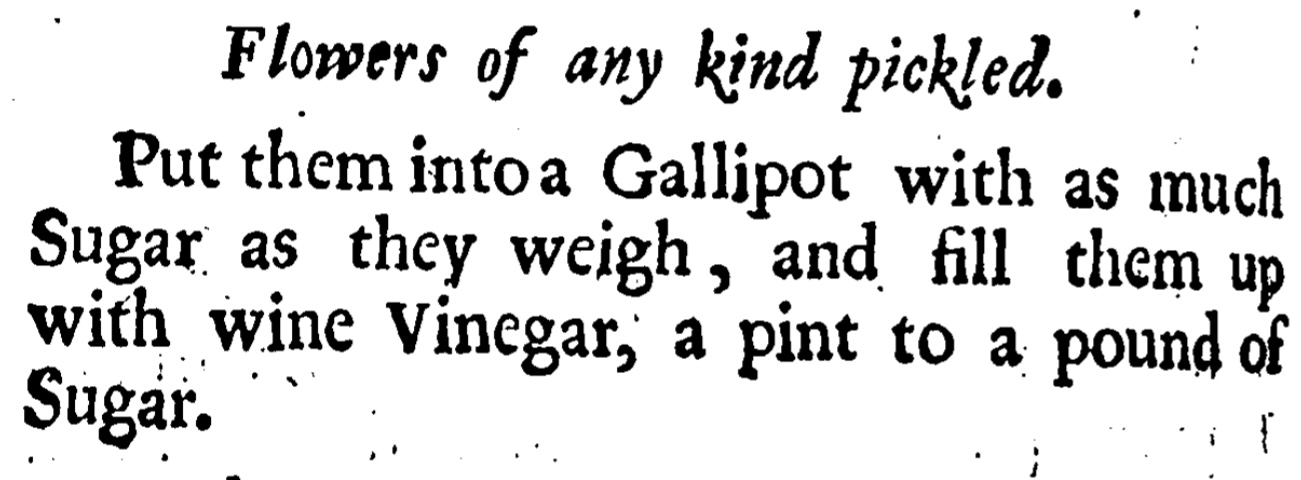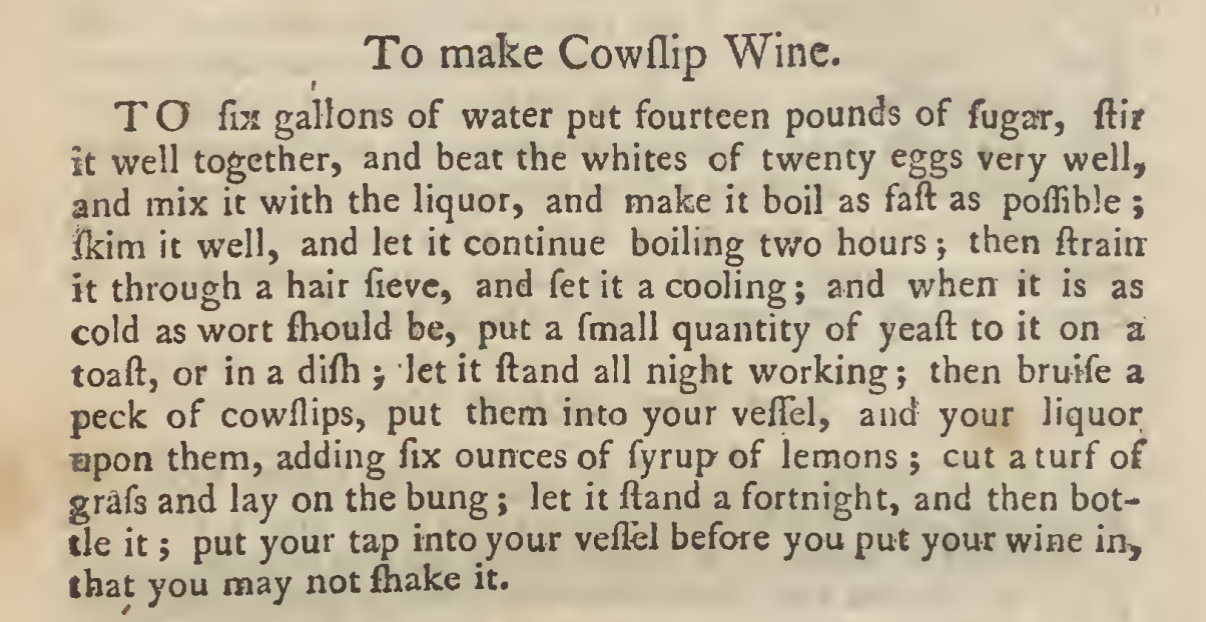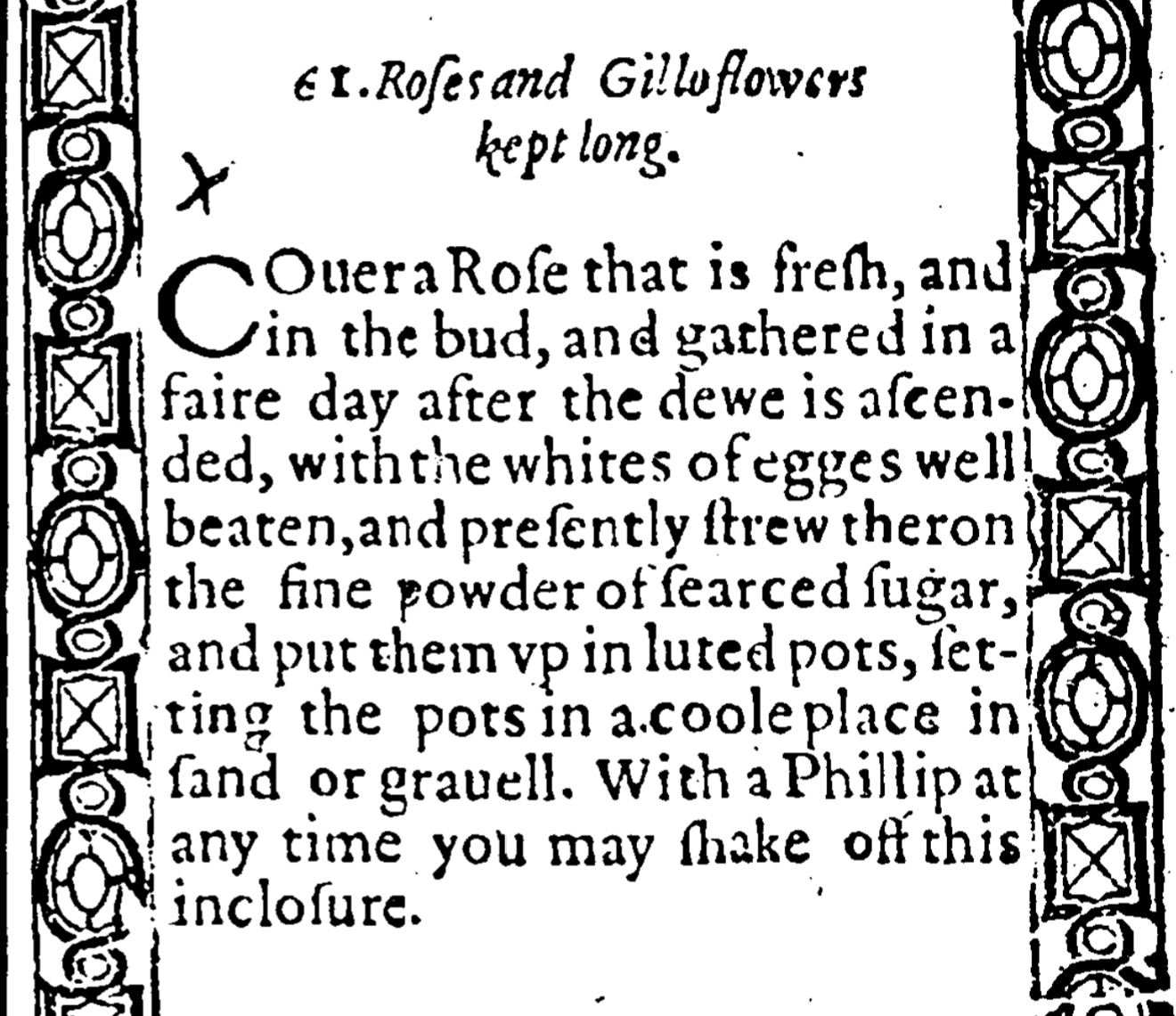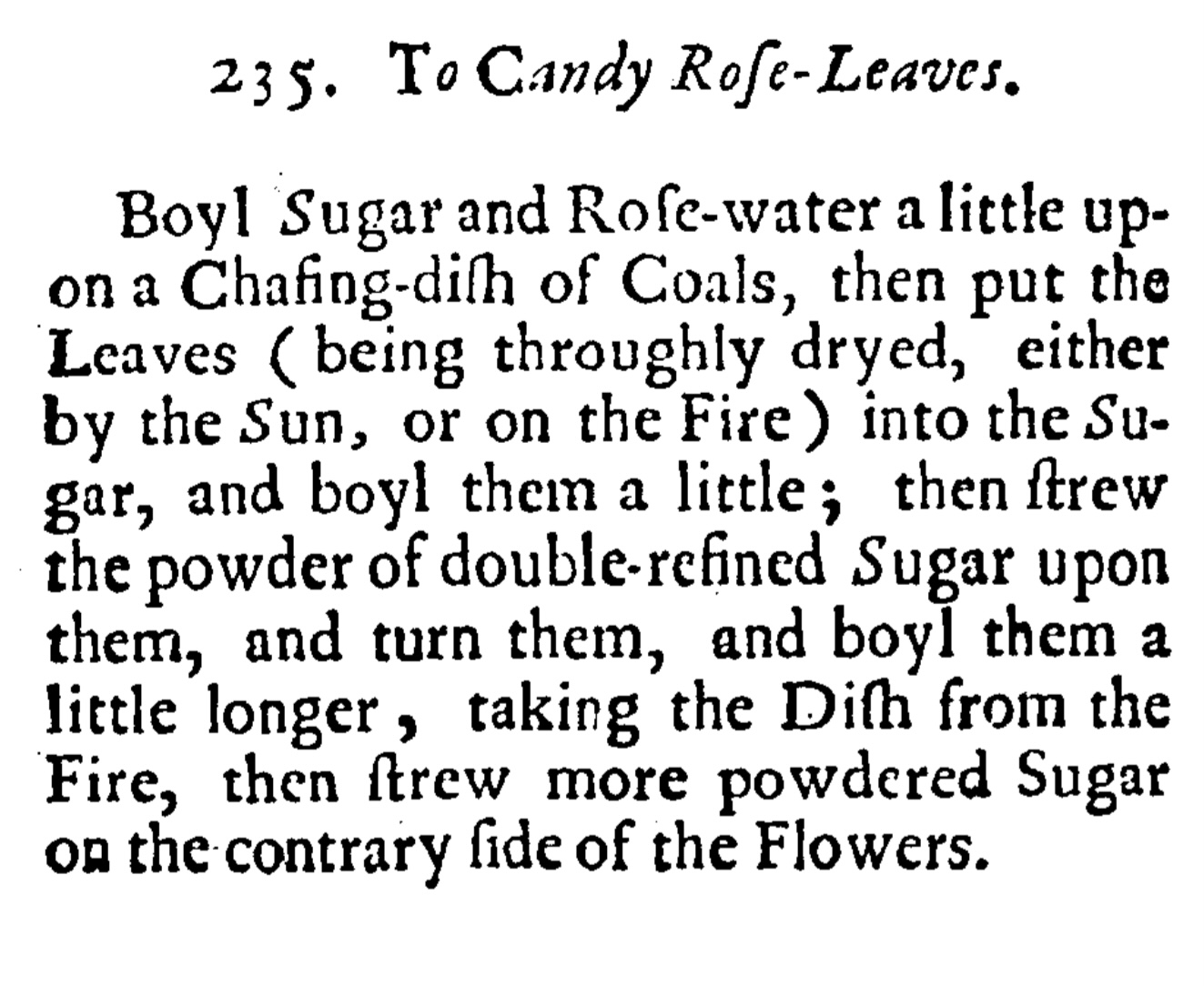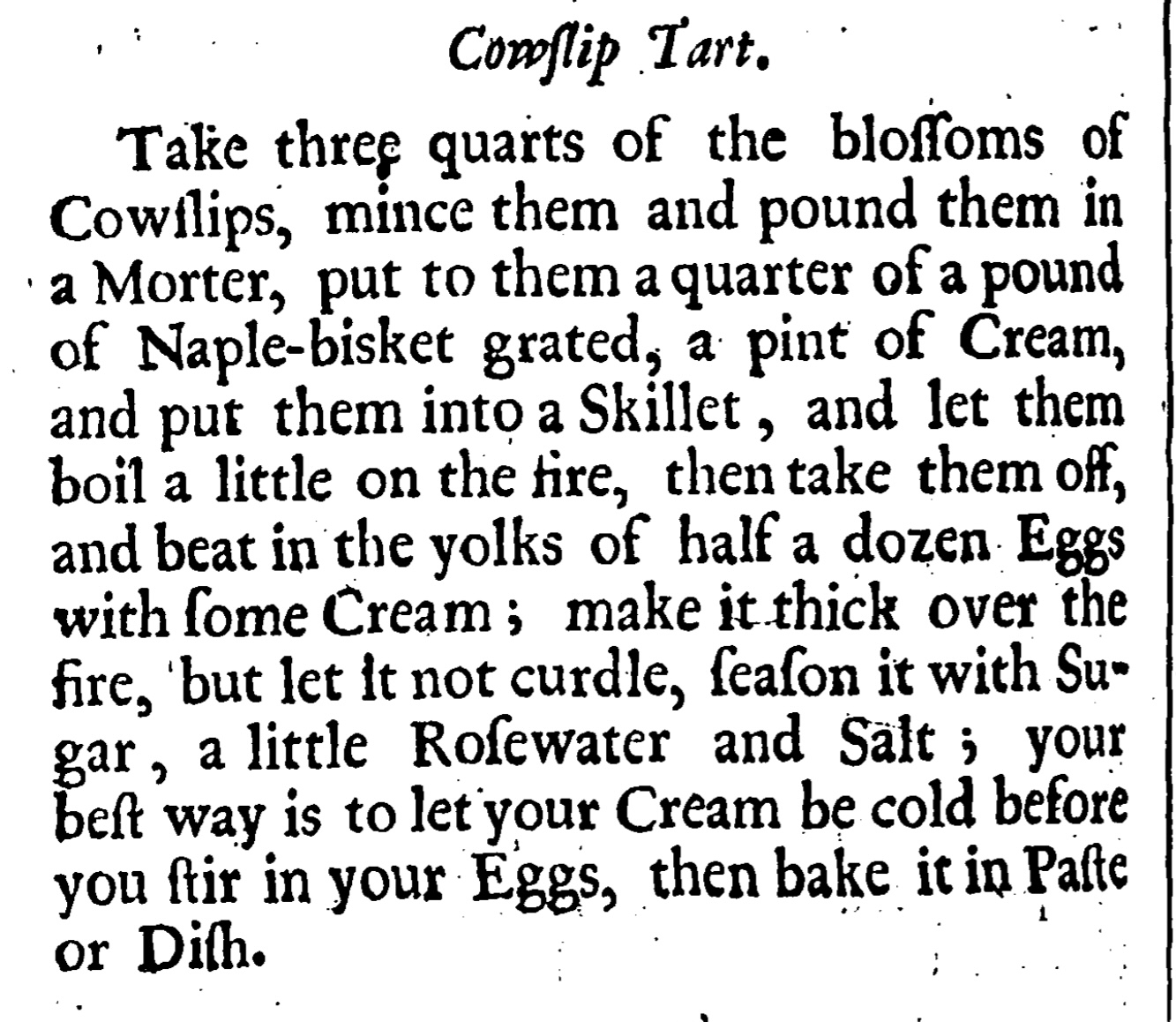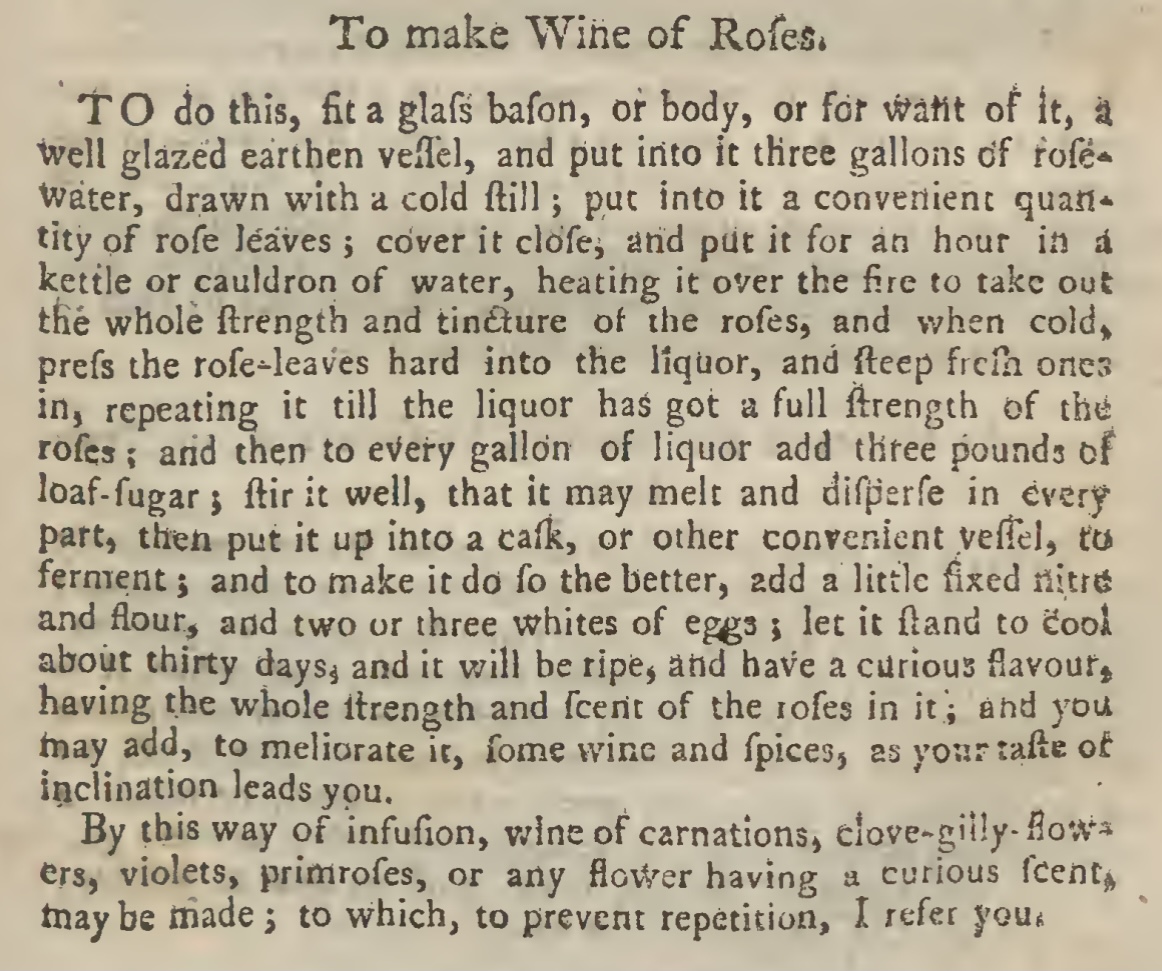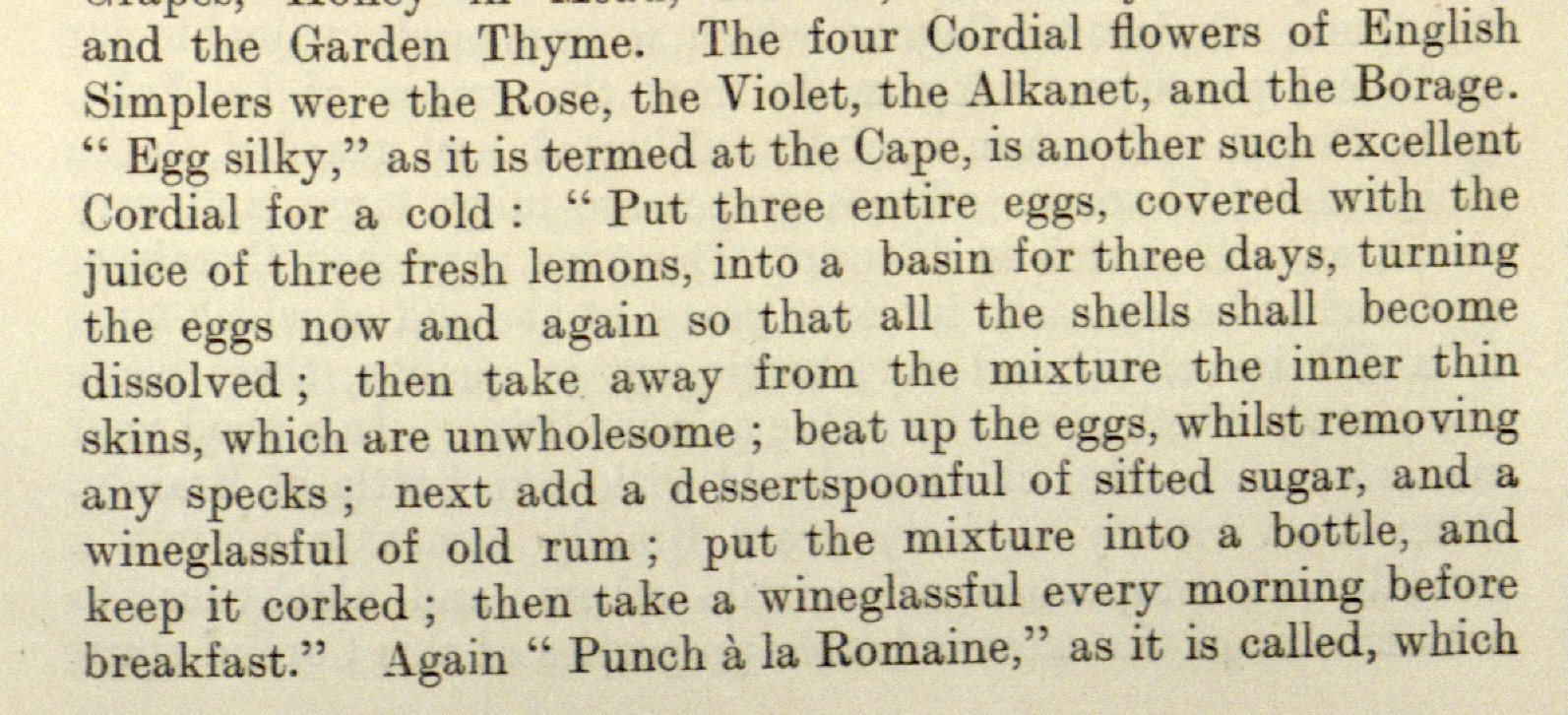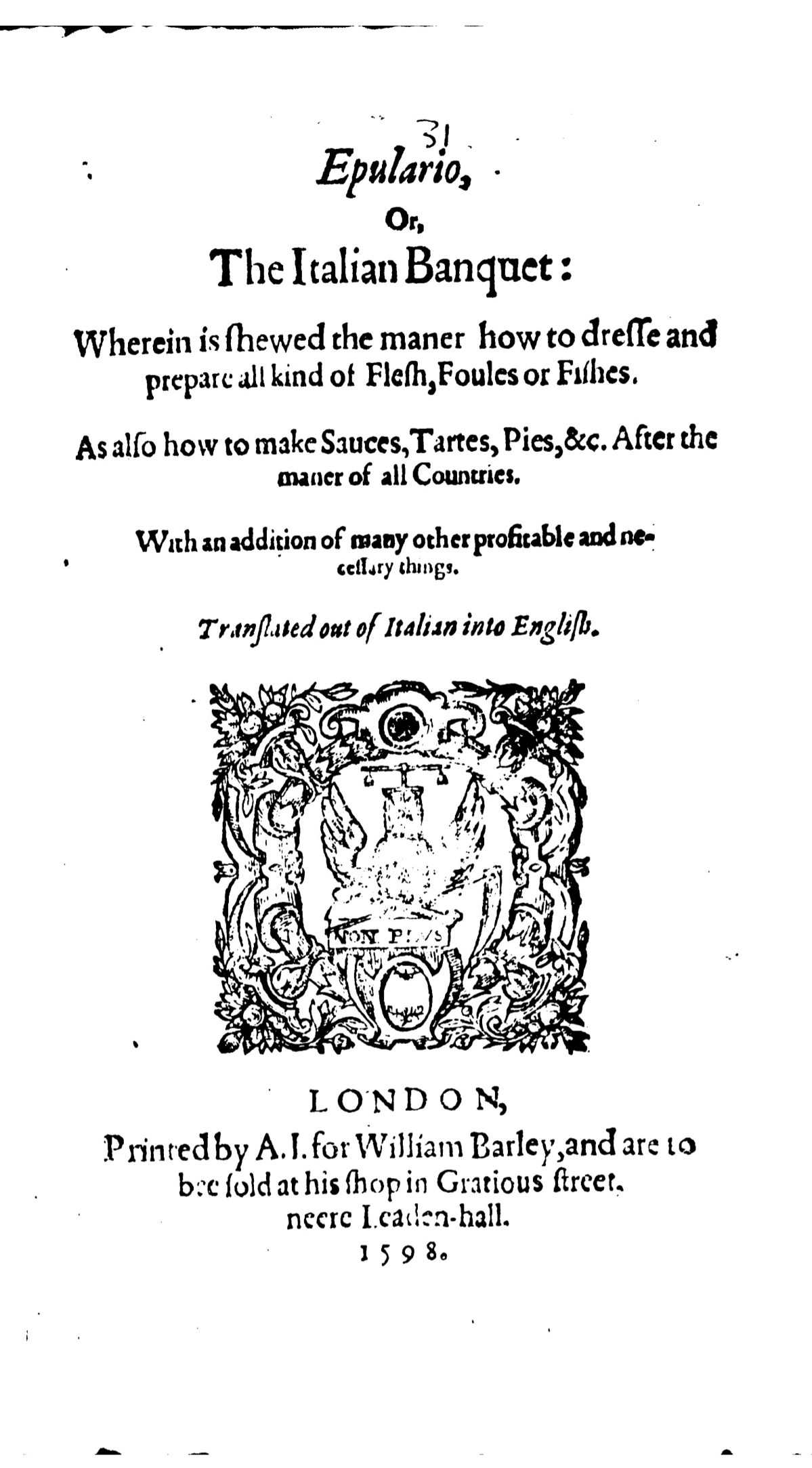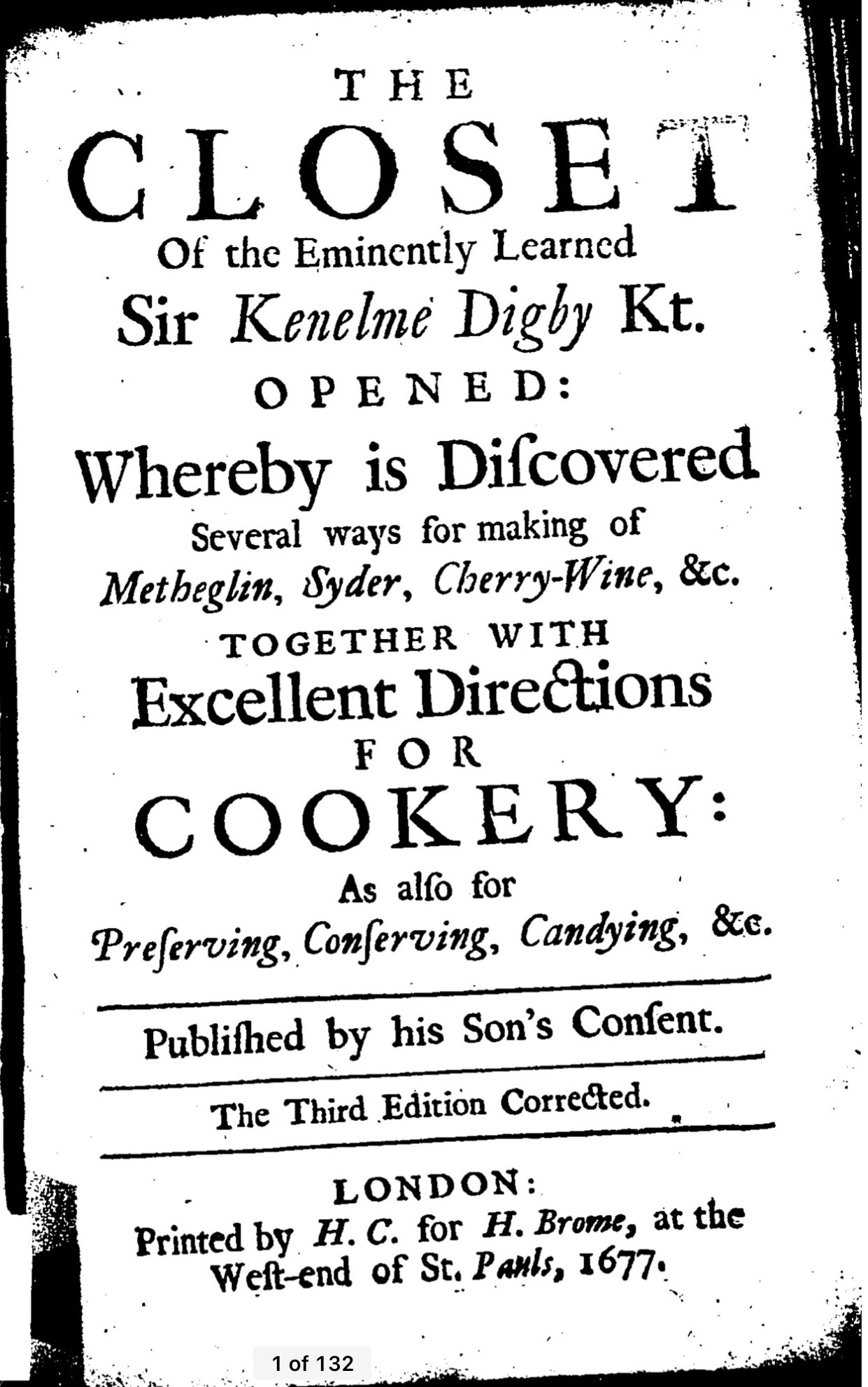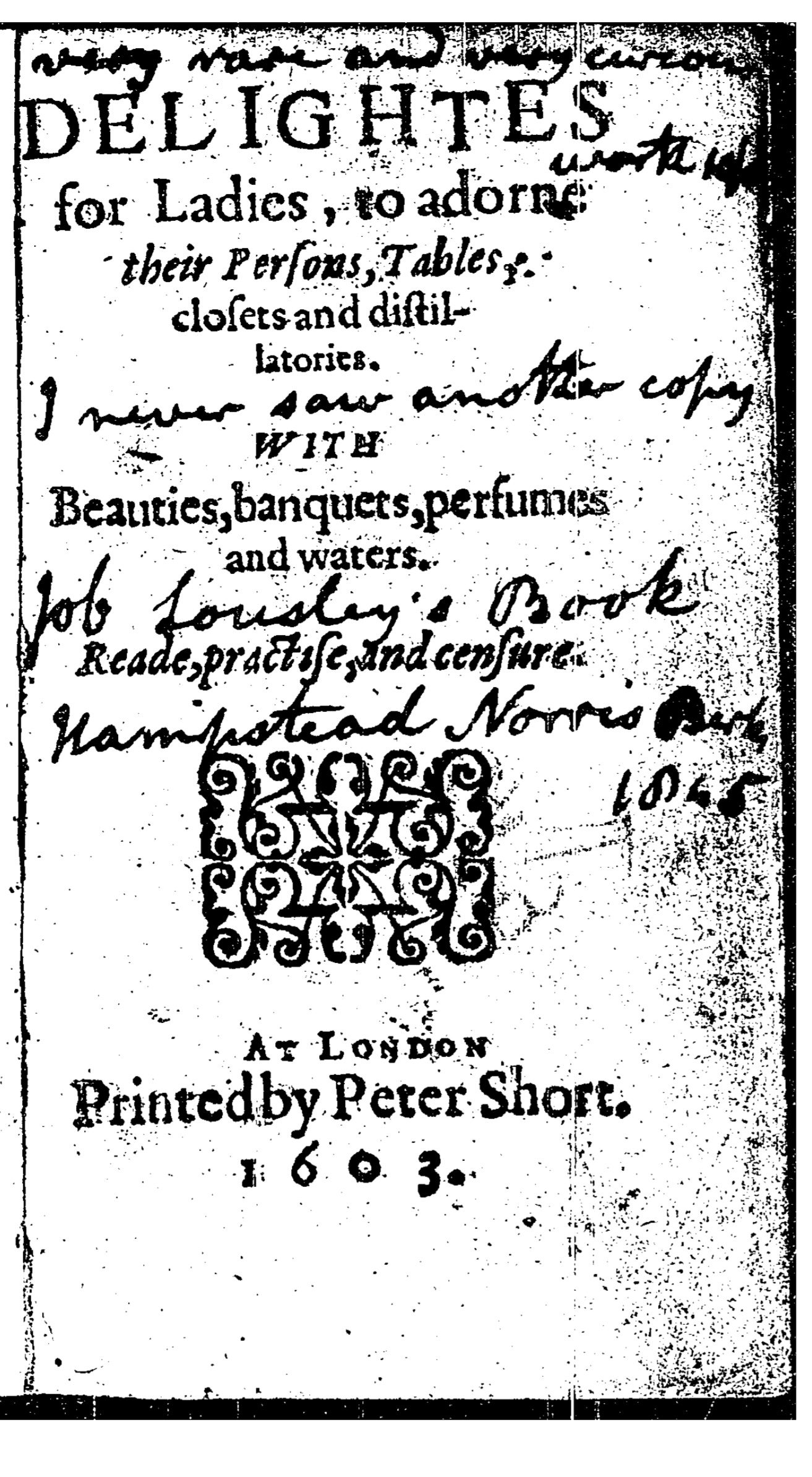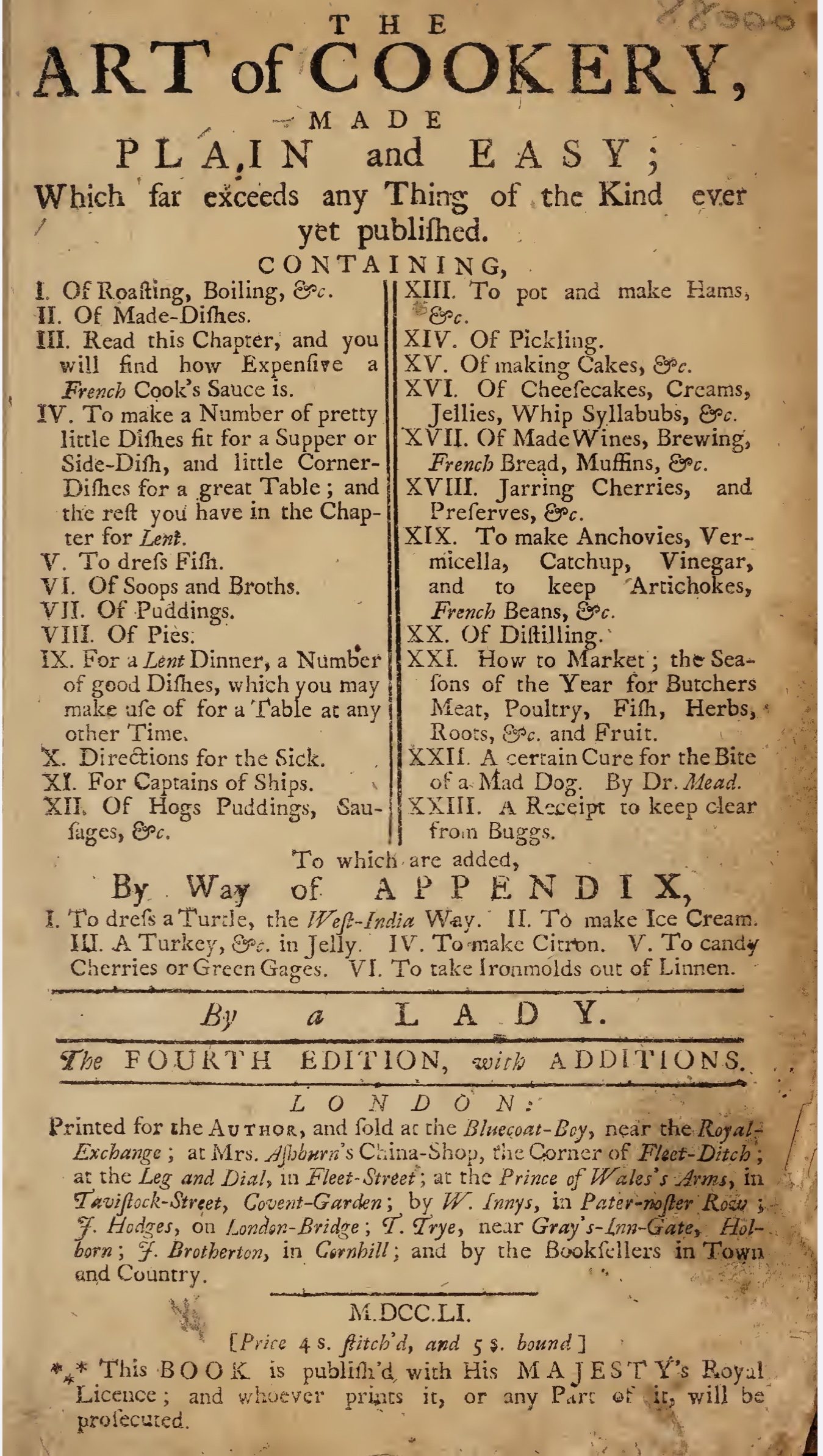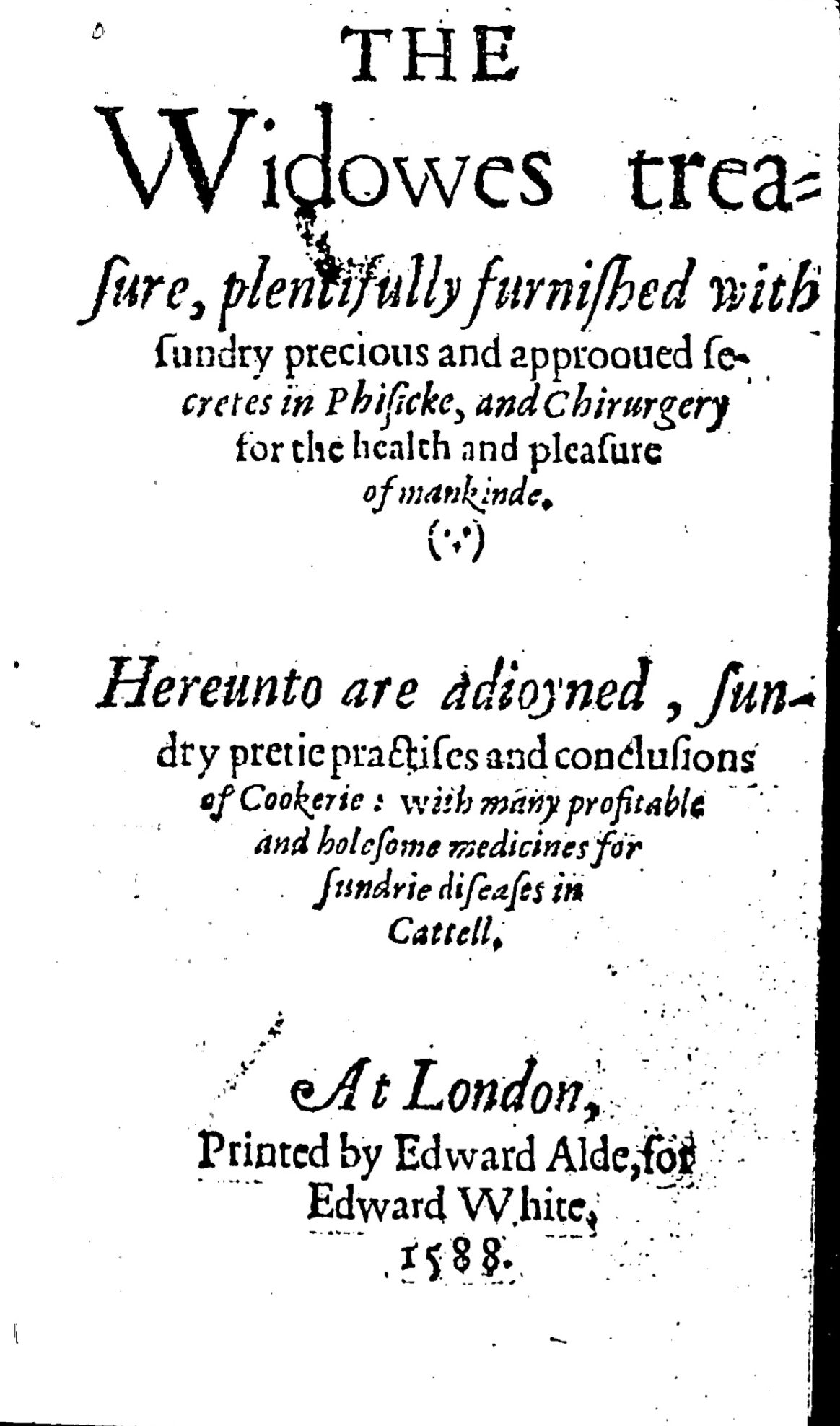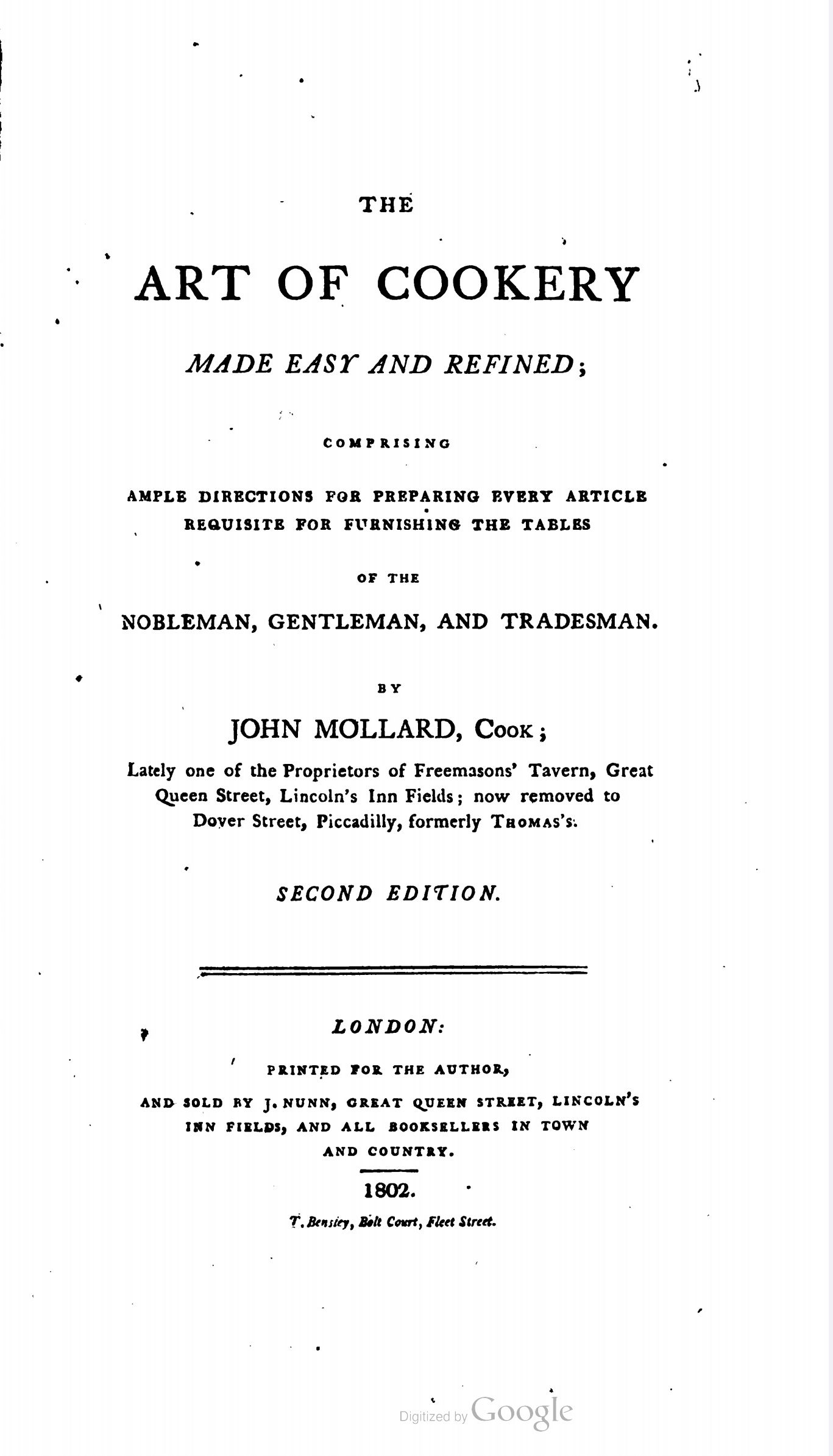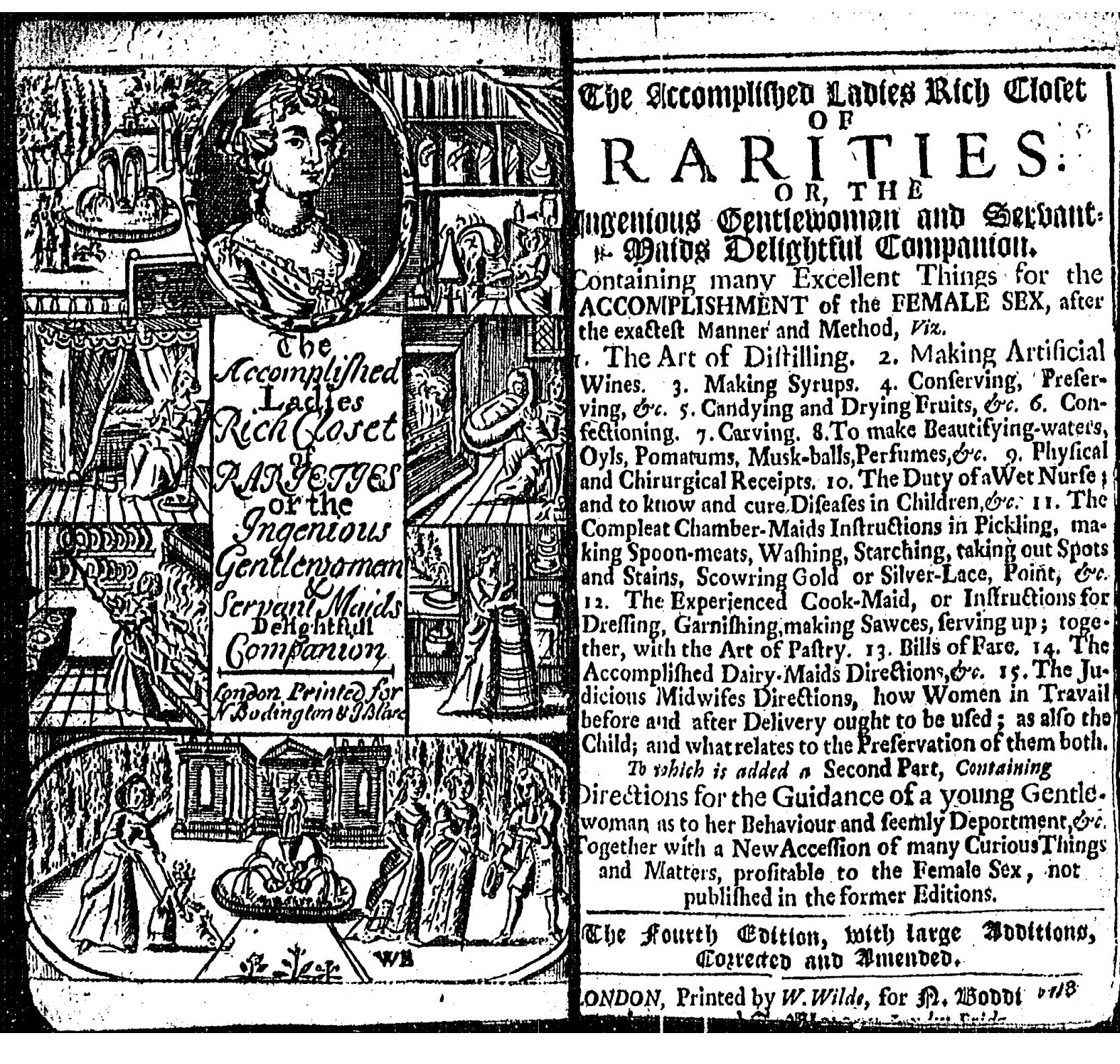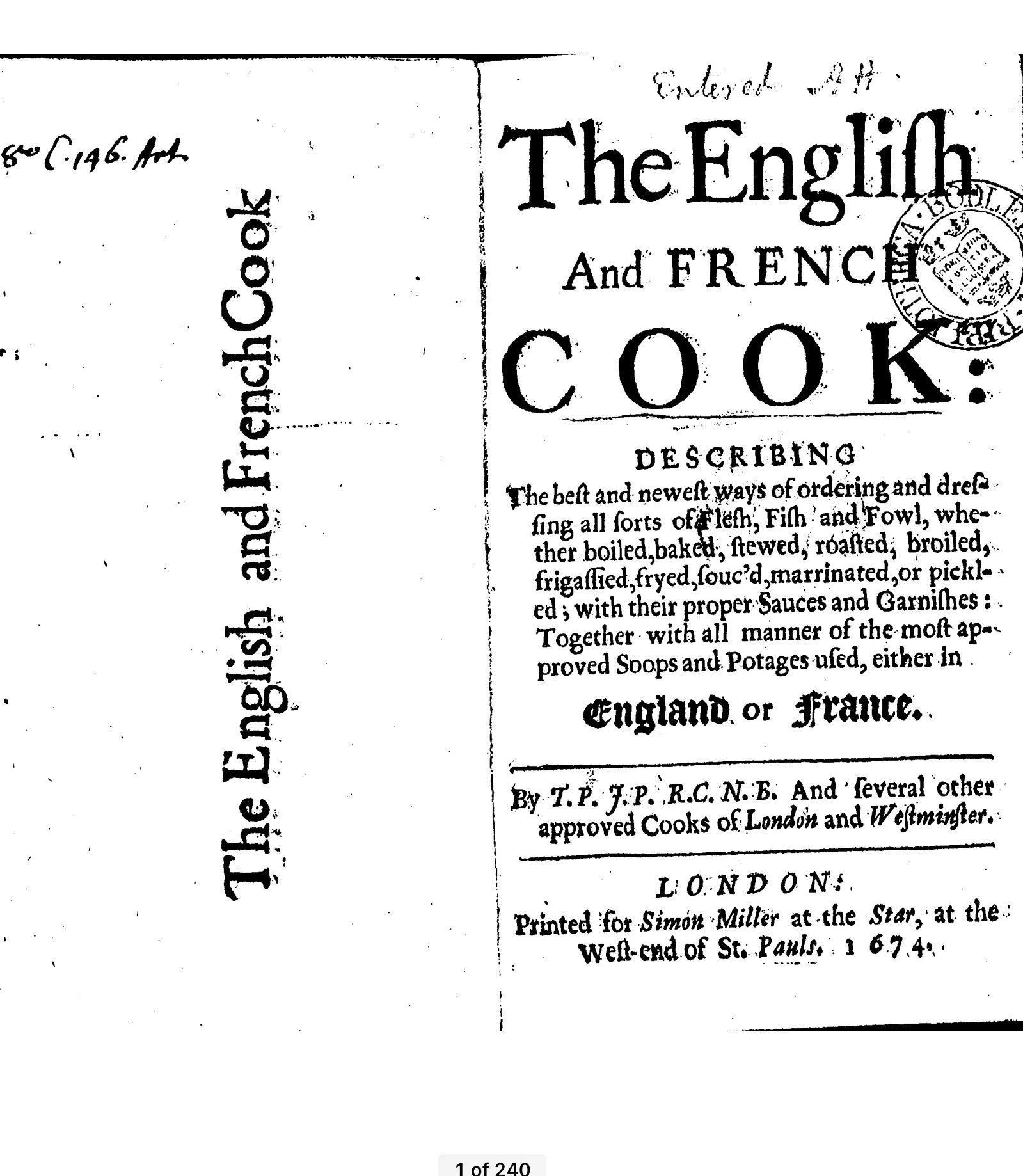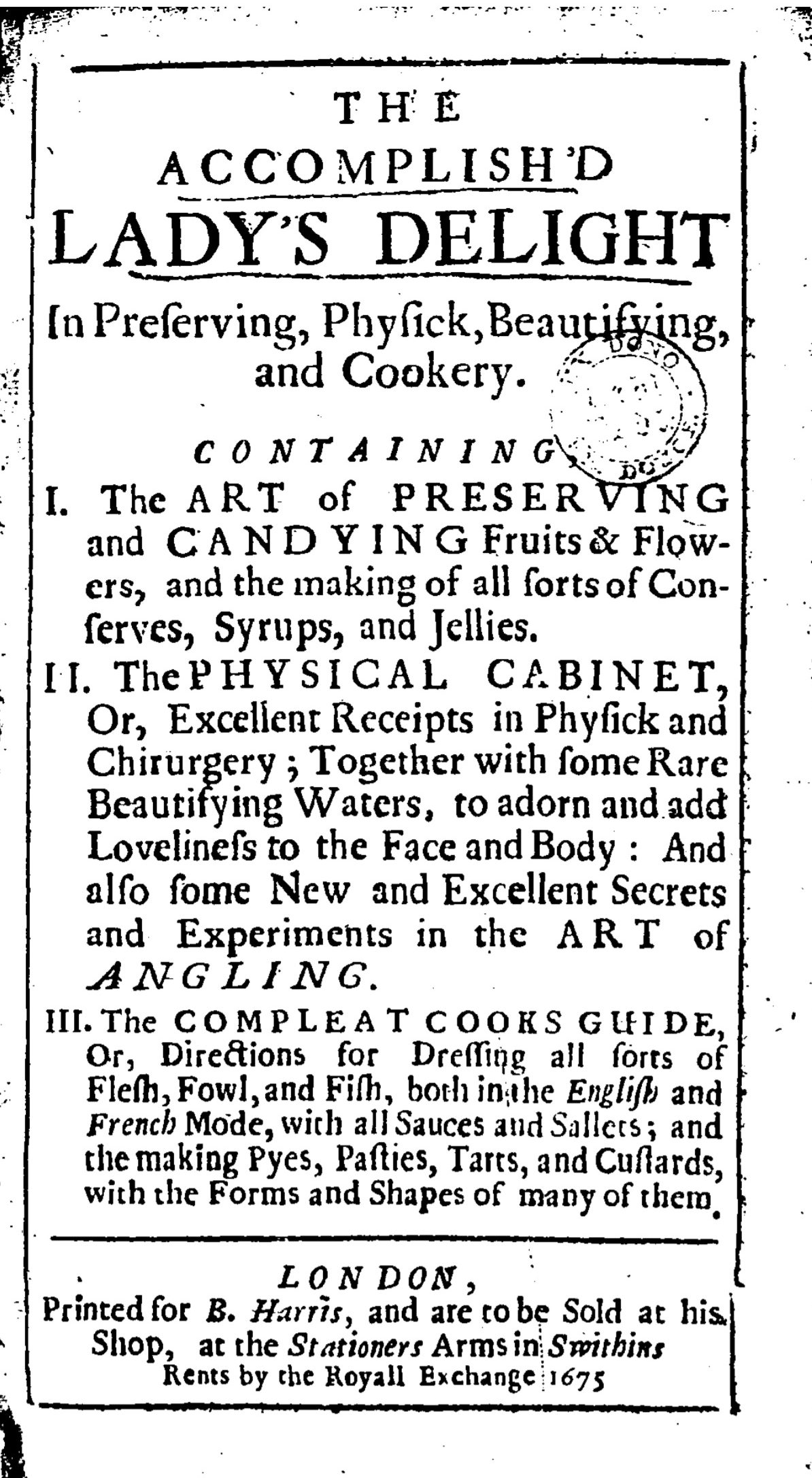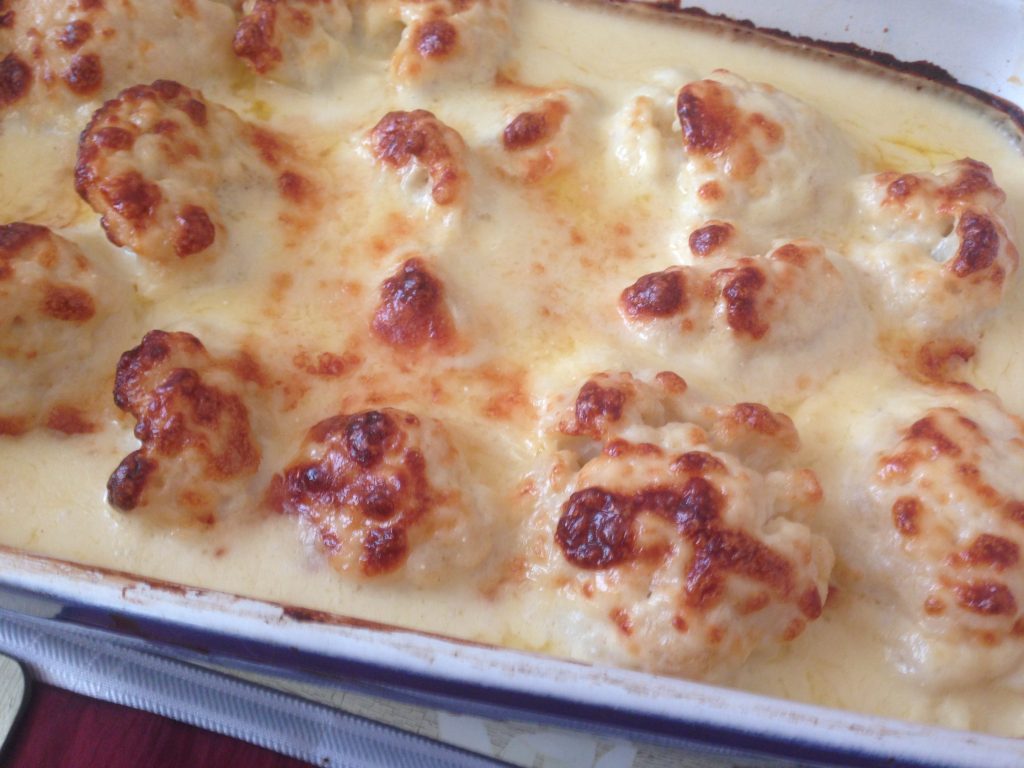In which we discover that princesses aren’t always heroines, that gardener’s boys can be heroes and that being buried in flowers isn’t necessarily a good thing. There are also fantastic forests of jewels, fairies, miraculous laurel trees, enchanted princes and the sheer joy to be found in dancing.
In which we discover that princesses aren’t always heroines, that gardener’s boys can be heroes and that being buried in flowers isn’t necessarily a good thing. There are also fantastic forests of jewels, fairies, miraculous laurel trees, enchanted princes and the sheer joy to be found in dancing.
This tale for this episode is The Slippers of Twelve Princesses, it’s a Romanian tale with some dark elements but its also beautiful in places
The episode recipe is Cauliflower Cheese, perfect cheesey comfort food for any occasion.
If you want to find out anything about the books or links I mentioned in the podcast you can find them in Further Reading. This is also where you would find more information about the history of flowers as food and other sources of information in this week’s podcast.
You can also find out more at Hestia’s Kitchen which has all past episodes and the connected recipes on the blog. If you’d like to get in touch about the podcast you can find me on Twitter or Instagram at @FairyTalesFood.
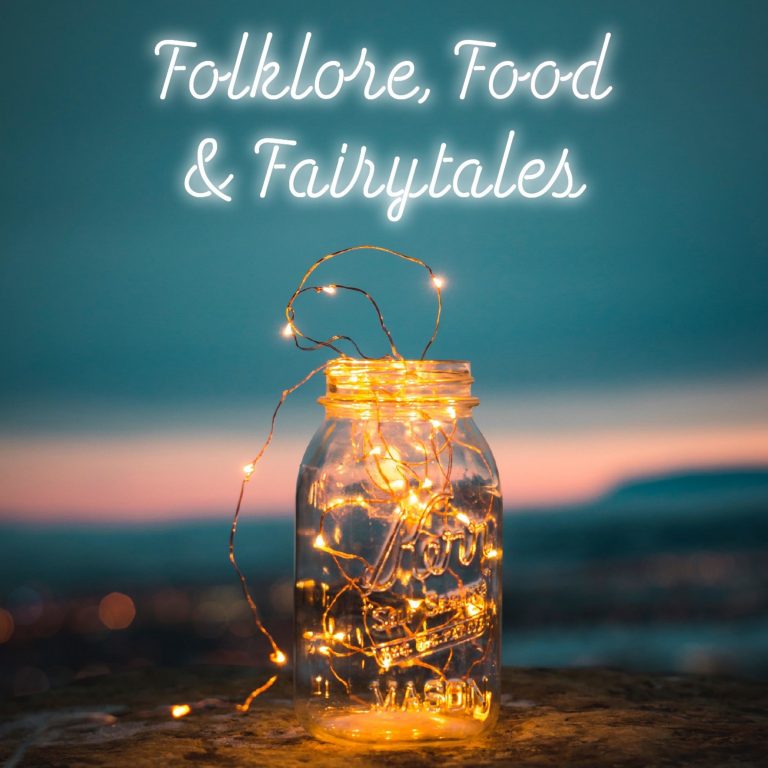
So what did you think? I always feel for the trapped princes but when I was young and heard this for the first time I really just wanted to visit the forests of silver, gold and diamonds. I was fascinated as well by the banquet that the princesses ate. I did however think even then that after all that dancing they might have fancied something a touch more filling. I imagine many of you are familiar with this fairy tale but do you know where it came from? The tale type for this one is ATU 306 and although there are over a hundred variations in central Europe its not really known beyond Russia or even popular in France. Its not really even that old, probably dating from the 17th Century according to Stith Thompson.
Collections of Tales
D L Ashliman has created an excellent resource which collects tale types together with examples of that tale type and he lists several versions: ‘The Shoes That Were Danced To Pieces’ from Germany as told by Grimm, ‘The Princess With The 12 Pairs of Golden Shoes’ from Denmark, ’The Invisible Shepherd Boy’ from Hungary, ‘The Midnight Dance’ from Russia, ‘The Three Girls’ a Gypsy version of the tale. There is also the ‘Seven Iron Slippers’ from Portugal, the “Twelve Dancing Princesses” from France and finally The Slippers of the Twelve Princesses from Romania on which our tale is based.
Gardens of Gilgamesh
There is a Scottish variation – Kate Crackernuts but it has a gender swap and it is the Prince who is driven to illness and exhaustion by being forced to dance all night. Slippers don’t appear in that one if you remember it from my previous episode but there is an excellent sheep’s head element that’s not to be missed. I am going to contradict myself slightly and say that there are elements of the story that appear further afield in Turkey, Bangladesh and India but they are different enough not to be discussed at length here. There is also a garden which contains silver, gold and diamond leaves in the epic story of Gilgamesh from Sumeria.
A Tribute to Basile
The tale I was going to tell originally is a French version found in the Red Fairy Book as translated by Andrew Lang (Or much more likely Leonora Lang, his wife). It is based on the tale as written by Charles Deulin and included in his Tales of King Cambinus (1874). Charles Deulin adapted folktales and brought them to life by infusing them with the language and places of the time in which he lived. He also included elements of other tales. There is a section of this one which is lifted straight from Basile’s Cat Cenerentola (Cat Cinderella). If you have heard that on my previous episode see if you can spot it. This caused me much confusion as I had heard this story long before I discovered The Pentamerone although Basile’s Cenerentola is much older. When I read Cenerentola I knew I had heard that exact plot device but couldn’t remember where as it doesn’t appear in the Grimm version of this tale.
Ashliman believes that Lang’s version was translated from a version by Madame D’Aulnoy but he credits all her other tales to her in the Red Fairy Book but not this one. He also mentions other French sources. I have read Deulin’s tale in French and I think the version in the Red Fairy book is a direct translation. It even includes the same names of the main characters and the castle name is also the same. The borrowed Basile elements are there too. I’m far from an expert though and I’m very willing to be corrected on this as my French translation skills are rusty although excellent still for anything you might find on a menu.
Pick Your Own Menu
The Romanian version of the tale from ‘Roumanian Tales & Legends by E B Mawer is very similar to the French tale and as I haven’t told a Romanian tale so far I thought I would tell you this version. I have kept the description of the feast from the French tale as it felt more like the type of feast that would be available in an underground magical kingdom. The original Romanian tale lists the finest meats and wines which are perhaps more in keeping with the cuisine of that country.
So after all that, why do I like this? Or do I still like it? I like the fact that unlike some more modern variants the princesses are not under a curse to dance. They truly love to dance and feast in a beautiful underground wonderland wearing beautiful dresses and jewels accompanied by handsome princes. They are perfectly prepared to curse the princes to lose all feelings except the desire to dance or in some variations allow them to be executed to hide the fact that they are doing this just so they can continue. That is fairly heartless and they show no remorse, their traditional beauty here is definitely not symbolic of their virtue.
Not All Princesses Need Saving
So our cow-herd is the hero but the princesses do not need to be saved. If anything they could be said to be the villains of the tale. However when you consider the traditional role for women was to marry and have children you can emphasise that they wanted to have some fun and enjoyment rather than enter into the next stage of life which could be hard and dangerous for all women, even princesses. Childbirth without good medical support is very dangerous, there was no protection from potential domestic abuse and no guarantee that life with your new family would be a pleasant one. There was also no escape. You can see why the princesses might have been happy to sacrifice a few princes they didn’t know so they could continue with their joyful dancing.
An Element of Risk
The element of risk in this tale for the princes who tried to discover what the princesses has been toned down by later collectors including Lang but historically that risk needed to be there to balance out the great reward of winning both princess as bride as well as the country itself. I think this quote from The Classic Fairy Tales by Iona & Peter Opie says it all –
“The do-or-die terms offered to candidates for a princess’s hand are not uncommon in popular literature, but Victorian editors found their harshness unacceptable. In the age of self help, it was not thinkable that those who strove and failed should be worse off than those who had never striven”
Three is Traditional
This tale also makes good use of the traditional three days and three nights given to solve a task. The rule of three allows the story to fully develop and build suspense and also makes it easier to remember for the storyteller and the audience. It also removes any suggestion that the things that are the happening in the story could be coincidental. The third night also indicates that things are coming to an end or crescendo as the rhythm changes. This Romanian version is unusual in that it breaks the rule for Jonica because he isn’t officially completing the task.
What Do Princesses Eat?
This tale also has food for princess, literally the type of food princesses like with seems to be light, delicate things and flower flavoured delicacies in particular. I find the idea of this type of food to be particularly magical in this setting of.a magical land. Often the food in fairytales isn’t delicate, its substantial, which is as you would expect when lack of food was never far away for most of the people who heard and told these stories. This food however is supposed to show us that we ‘aren’t in Kansas anymore’ and reflect the other magical surroundings including the silver, gold and diamond forests and the enchanted princes.
So I thought I would investigate the role of edible flowers in history and today. I’m going to start off by betting that most of you eat flowers fairly regularly and not because you are forced to take part in children’s garden tea parties regularly. You do, you know but they aren’t the princess friendly type. How do you feel about broccoli? Those are flower buds you know and the cauliflower cheese that you ate with your last Sunday roast, yep a flower as well. Its literally in the name but we just don’t think about it. I’m not going to cheat here though and I’m going to look at the history of edible flowers that we would all recognise as flowers.
Parma Violets or Turkish Delights
I imagine that in the UK most people’s experience of eating flowers stops and ends with parma violets and rose Turkish delight. Although I’ll allow you a possible violet cream or the rosewater in Indian and Middle-eastern sweets. I’m one of those happy few that love parma violets with a passion and usually benefit from being the only person in an office that likes them. I also love rosewater and rose Turkish delight (even Fry’s) as well as enjoying Turkish rose jam in thick yoghurt on a spring morning (I’m seasonal specific with certain foods). I was brought up that way, the daughter and granddaughter of women who love floral flavours in food but avoid them in perfume.
Is it a genetic thing do you think? I imagine its at the bottom of the list when it comes to genetic research but someday they may get to it. Anyway we have dwindled down to only having flowers in sweet things really unless you count all those irresponsible people who scatter poisonous plants over their food to make them beautiful for instagram. Please don’t put anemones, lily of the valley, baby’s breath, poppies, foxgloves or daffodils anywhere near your food. Arranged beautifully in a jar or case is fine obviously and I’ll allow that sprig of holly on your Christmas pudding because everyone knows you don’t eat it. There are so many flowers you can use like roses, violets, edible pansies, marigolds, nasturtiums and elderflowers which won’t make anyone poorly.
A Trip to Ancient Rome
So now we’ve stopped trying to poison our friends and family, even if only accidentally, we need to go back to Ancient Rome. Well we don’t need to exactly but I’d love it if you came along for the ride to visit Marcus Gavius Apicius. You may well know of him, the first ever cookbook is often attributed to him. It was known as De re coquinaria (on the subject of cooking) and the first edition was apparently from the 1st Century CE. The earliest edition still in existence is from the 5th Century CE and although some of the recipes are attributed to Marcus its unlikely that he had anything to do with it. Marcus was a famous gourmand though so it wouldn’t have been as wasted trip. Additionally there is a story of a Roman emperor Heliogabalus who smothered people to death in flower petals at a dinner, so the Romans definitely felt floral flavours were important.
Translation is Key
The book itself contains many flower recipes and thankfully for us a very nice man called Joseph Dommers Vehling translated it into English for us in the 19th Century CE otherwise I’d have to have got out either my latin or German dictionaries and done a lot of swearing. If you’re looking for an excellent recipe for Peas a la Vitellus or chicken forcemeat balls, or even just need a list of those flowers for cooking that a house shouldn’t be without then this is the book for you. There are also recipes for violet and rose wines, a tradition of making flower wines that continued well into the late 20th Century even if only at home. There is also a recipe for rose wine without the roses which suggests something about the writer. In our enthusiasm for Ancient Rome we’ve also skipped over a particularly well-known text. I know we don’t necessary think of the Bible first when we consider food but it lists dandelions as one of the ‘bitter herbs’ eaten as a salad with the Paschal lamb and unleavened bread at the Hebrew holy day of Passover. The Song of Solomon (4:13–15) also mentions saffron.
Candying, Pickling & Vinegar
There is also a good history from the Middle Ages to 18th Century in Europe of eating flowers in salads and as part of meals including marigolds, nasturtiums, violets and roses. There is a wonderful paper by Clare Clifton who is searching for the origin of a salad that appears in E for Exquisite by M.F.K. Fisher where she describes what she once felt was ‘the most exquisite dish she had ever heard of as “a satiny white endive with large heavily scented Parma violets scattered through it.”’ The paper forms part of the proceedings of The Oxford Symposium of Food & Cookery 1984 & 1985 which are available online. There are endless recipes for pickling them and combining them with sugar to preserve them. They were also used to make flower waters and cordials, as soon as distilling became a skill. Candying of flowers so they could dress sweetmeats or platters was also very popular and we can still get some of candied flowers mentioned in the story even now. Vinegars including primrose vinegar were still being made at the beginning of the 19th Century but that when things started to change.
Victorians Ruin Everything
The big change to the status eating of French cooking during the Victorian period was very much the end of flower eating in Britain except in wines made at home and definitely not drunk at dinner and the candied flowers used to decorate cakes. Even that disappeared mostly with the invention of modelling icing. They were still used in salads in France though, with very specific rules. Only a few items remain although they definitely never completely went away even in the UK. There is a wonderful book called ‘ The Gentle Art of Cookery‘ by Mrs C F Leyel who founded Culpepper and Miss Olga Hartley (who didn’t) printed in 1925 which has a whole chapter of flower recipes. One of our most wonderful food writers Florence White also wrote a book for cooking with flowers in 1934 Called Flowers as Food. Which has now been reprinted . They also popped up in cooking ideas during wartime rationing where if it didn’t move and it wasn’t poisonous then people would give cooking it a go.
Hipster Scandinavians
There has been a big move towards eating flowers in more recent times when foraging has become more usual and famous chefs in Denmark and Sweden are using them in their kitchens. They are even recipes all over the internet especially for salads which look beautiful but I have to admit I haven’t tried them. There aren’t many places I could easily buy flowers that I know haven’t been treated with terrifying pesticides and I’m not a gardener. That’s even without considering that my garden is down the water table from an old Edwardian hospital which was, shall we say, less than careful with what it did with its heavy metal waste.
Vintage & Antique Cookbooks with Flower Recipes
It Definitely Is a Flower!
So that’s my long winded way of saying their will be no princess suitable flower based recipes here today. I’m going to cheat here when I didn’t in my historical investigation and give you my recipe for cauliflower cheese instead. Its wonderful and ridiculously cheesy so I hope you’ll forgive me. I use cheddar and Parmesan in my cheese sauce with reckless regard for anything Elizabeth David might say and I pre-bake my cauliflower to avoid both washing up and crunchy cauliflower. Unlike many of my recipes I’ve no story about this that involves any of my maternal relatives. Cauliflower is one of the few food items that Mum won’t give plate room to and even Nan wasn’t bothered. I really love it though and not just as a vehicle for cheese sauce so I refuse to apologise for this recipe. As I said before it is a flower, its actually in the name!
Cauliflower Cheese
4
servings30
minutes20
minutesA rich and cheesy side dish for 4 or dinner for 2 with bread for dunking
Ingredients
1 large cauliflower with any salvageable leaves, broken into pieces
500ml milk
4 tbsp flour
50g butter
200g strong cheddar, grated
100g freshly grated parmesan
Directions
- Heat oven to 200C. Find a baking dish that fits the cauliflower and sauce fairly snuggly but with room for bubbling up. Add the cauliflower & leaves, broken into pieces, and cook for in the oven for 15-20 mins – lift out a piece to test, it should be cooked.
- Put a medium saucepan on the heat and add the milk, flour and butter.
- Start whisking fast as the butter melts and the mixture comes to the boil – the flour will disappear and the sauce will begin to thicken. Whisk for 2 mins while the sauce bubbles and becomes nice and thick.
- Turn off the heat, stir half the grated cheddar and half the parmesan into the sauce and stir until melted, pour over the cauliflower. Scatter over the remaining cheese.
- Put in the oven and bake for 20 mins until bubbling and golden.
Further Reading
http://www.pitt.edu/~dash/type0306.html#schambach
Andrew Lang, The Red Fairy Book (London: Longmans, Green, and Company, 1895), pp. 1-12.
Roumanian Fairy tales and Legends (London: H. K. Lewis, 1881), pp. 1-20.
https://surlalunefairytales.com/s-z/twelve-dancing-princesses/twelve-dancing-princesses-tale.html
Grimm, Jacob and Wilhelm. Household Tales. Margaret Hunt, translator. London: George Bell, 1884, 1892. 2 volumes.
Grimm, Jacob and Wilhelm. The Complete Fairy Tales of the Brothers Grimm. Jack Zipes, translator. New York: Bantam Press 1987
The Original Folk and Fairy Tales of the Brothers Grimm : the Complete First Edition / Jacob Grimm, Wilhelm Grimm ; translated by Jack Zipes, Princeton University Press 2014
The Classic Fairy Tales by Peter and Iona Opie
Edible Flowers – Constance L. Kirker
Cookery and Dining in Imperial Rome – Apicius
A Bibliography, Critical Review and Translation of the Ancient Book known as Apicius de re Coquinaria Now for the First Time Rendered Into English by Joseph Dommers Vehling 1926
The Oxford Symposium of Food & Cookery 1984 & 1985
Featured Image – The Roses of Heliogabalus, 1888
By Lawrence Alma-Tadema – Superb magazine, The Désirs & Volupté exhibition at the Musée Jacquemart-André Public Domain, https://commons.wikimedia.org/w/index.php?curid=755081


